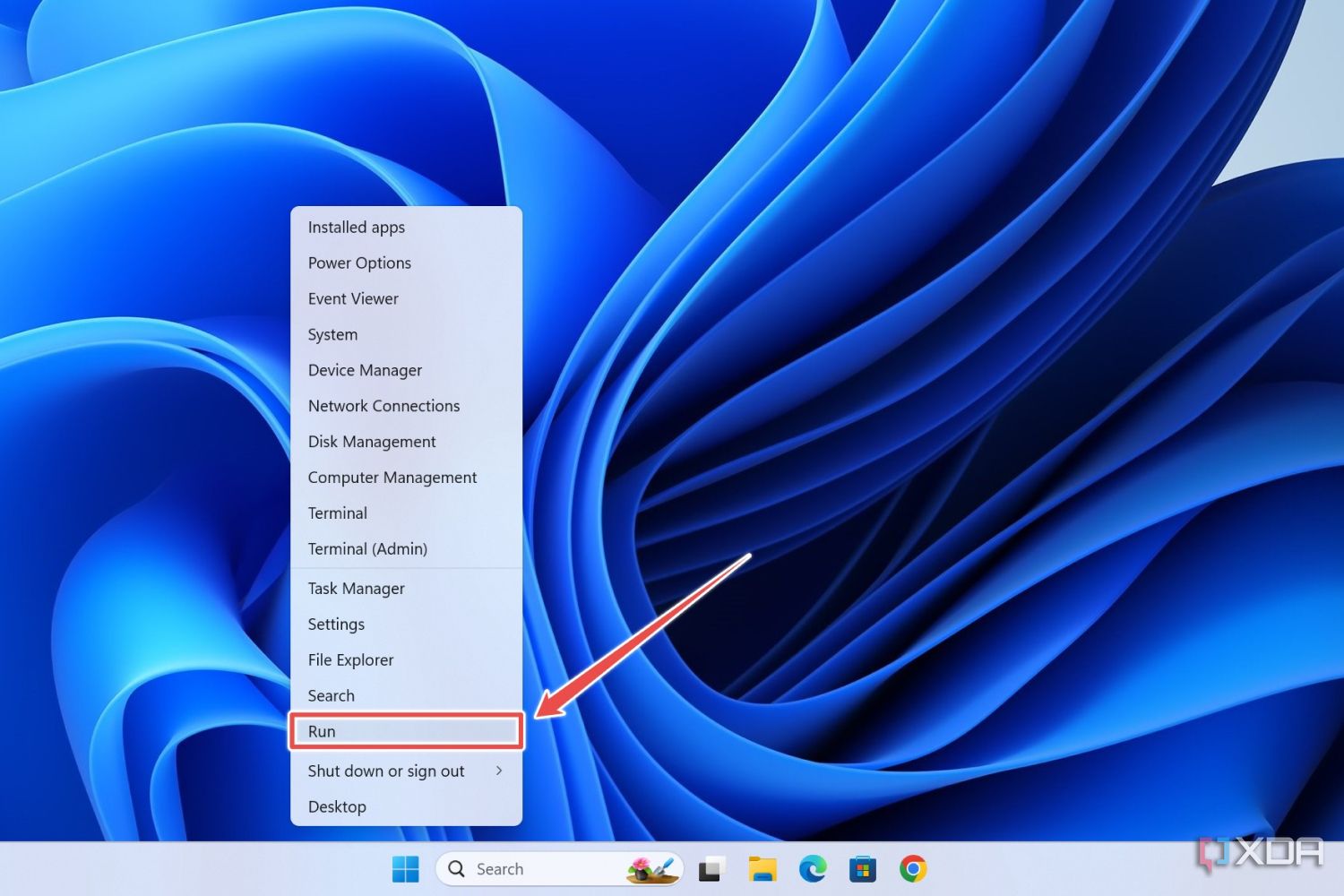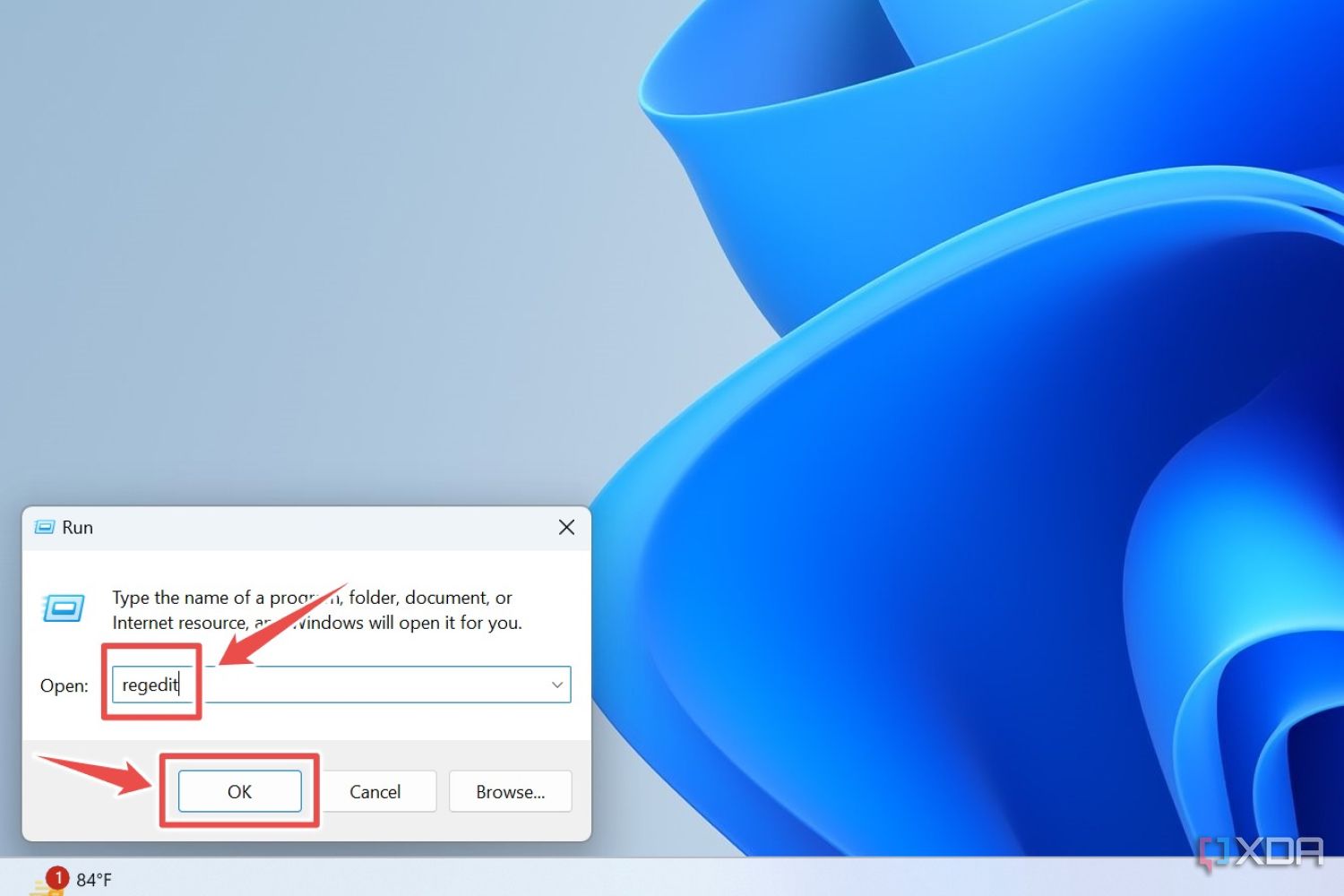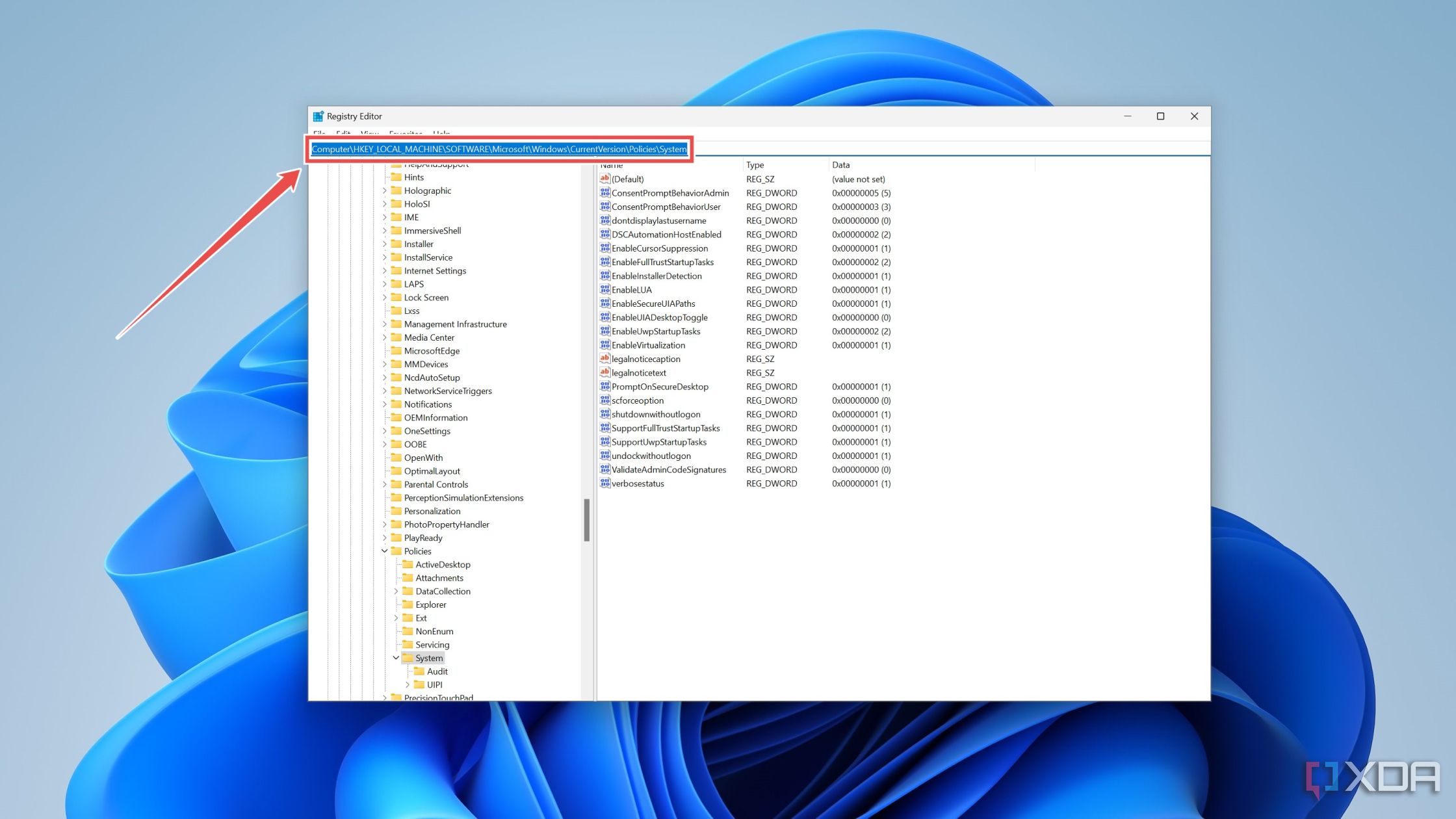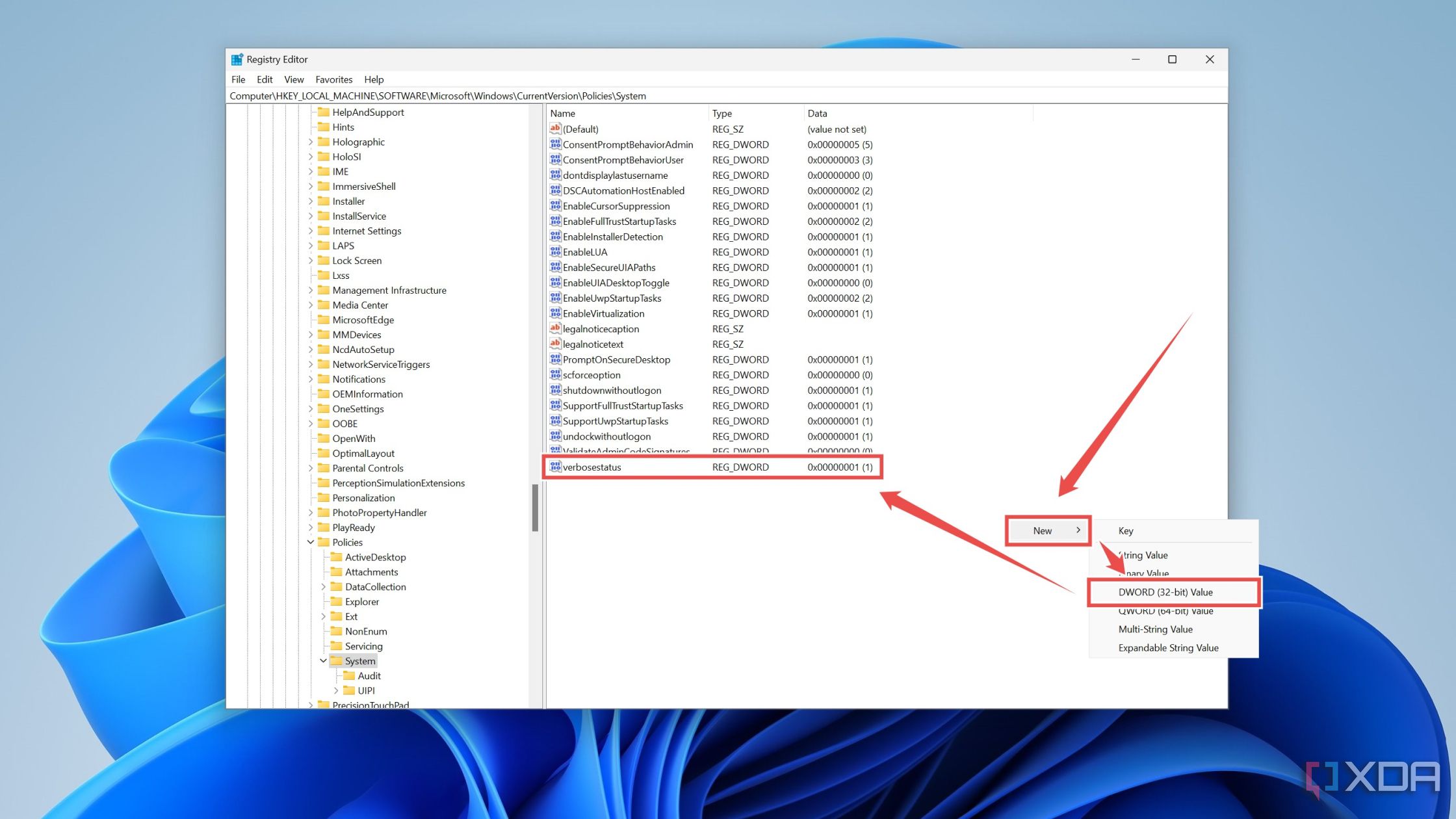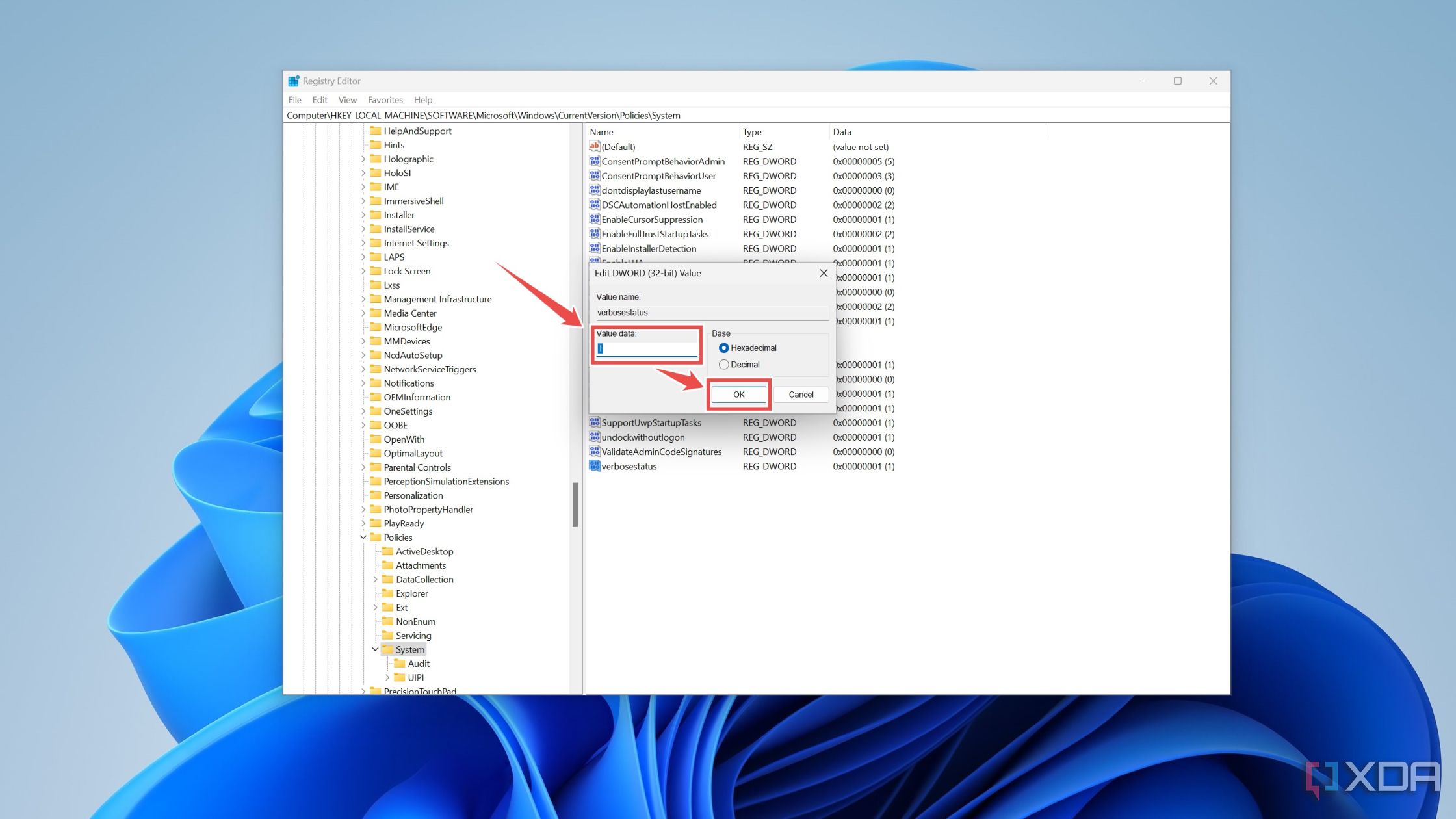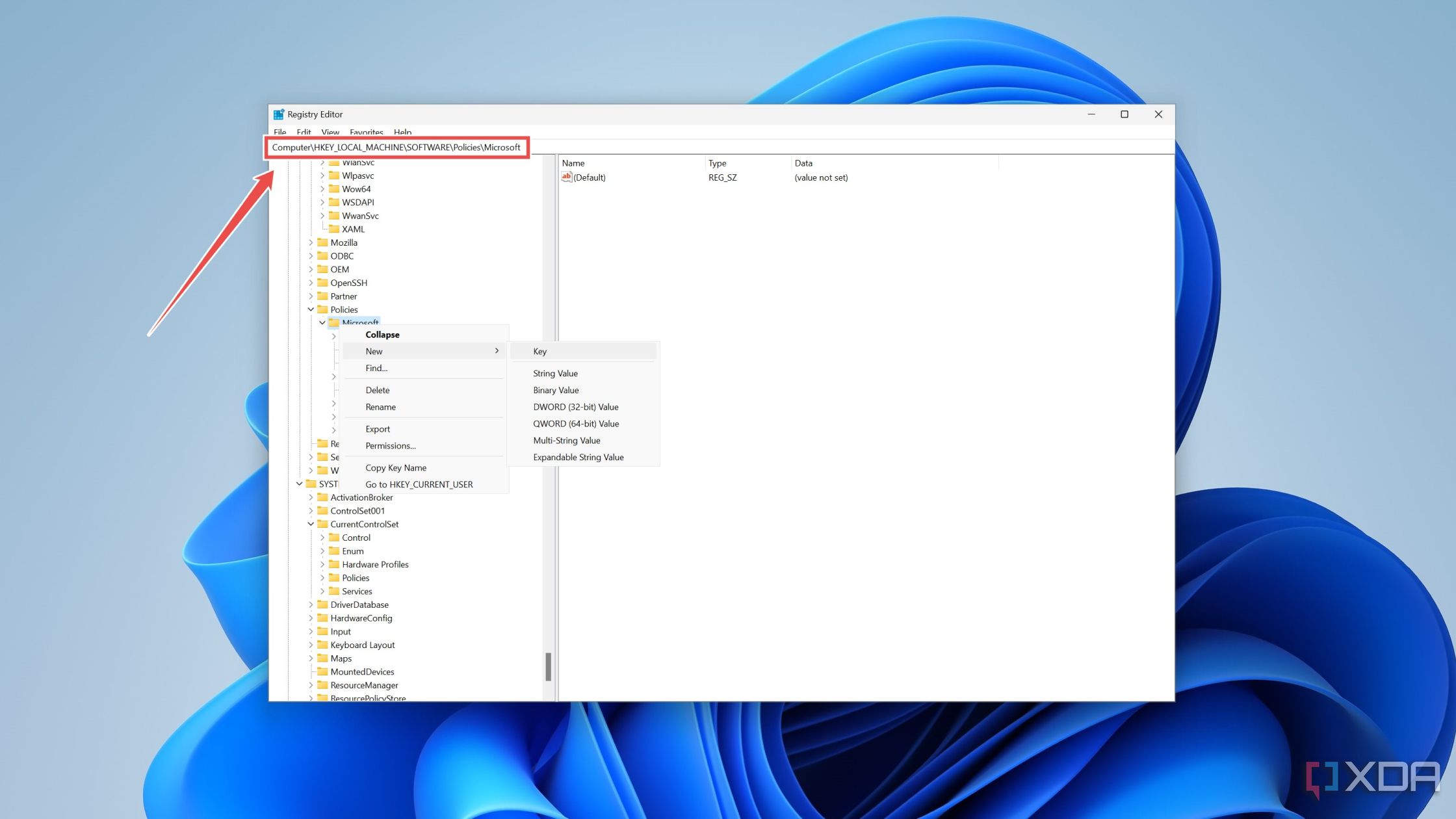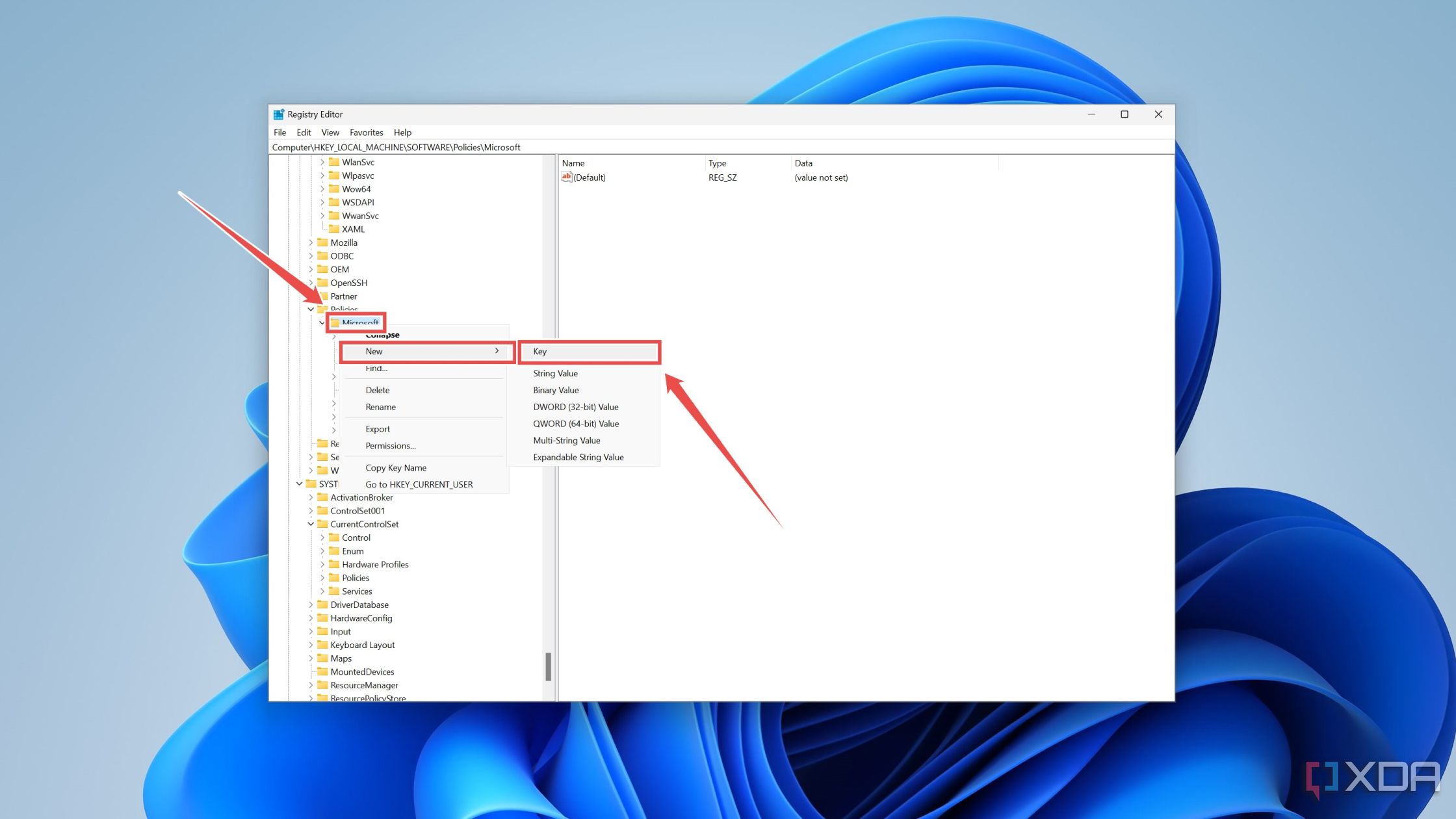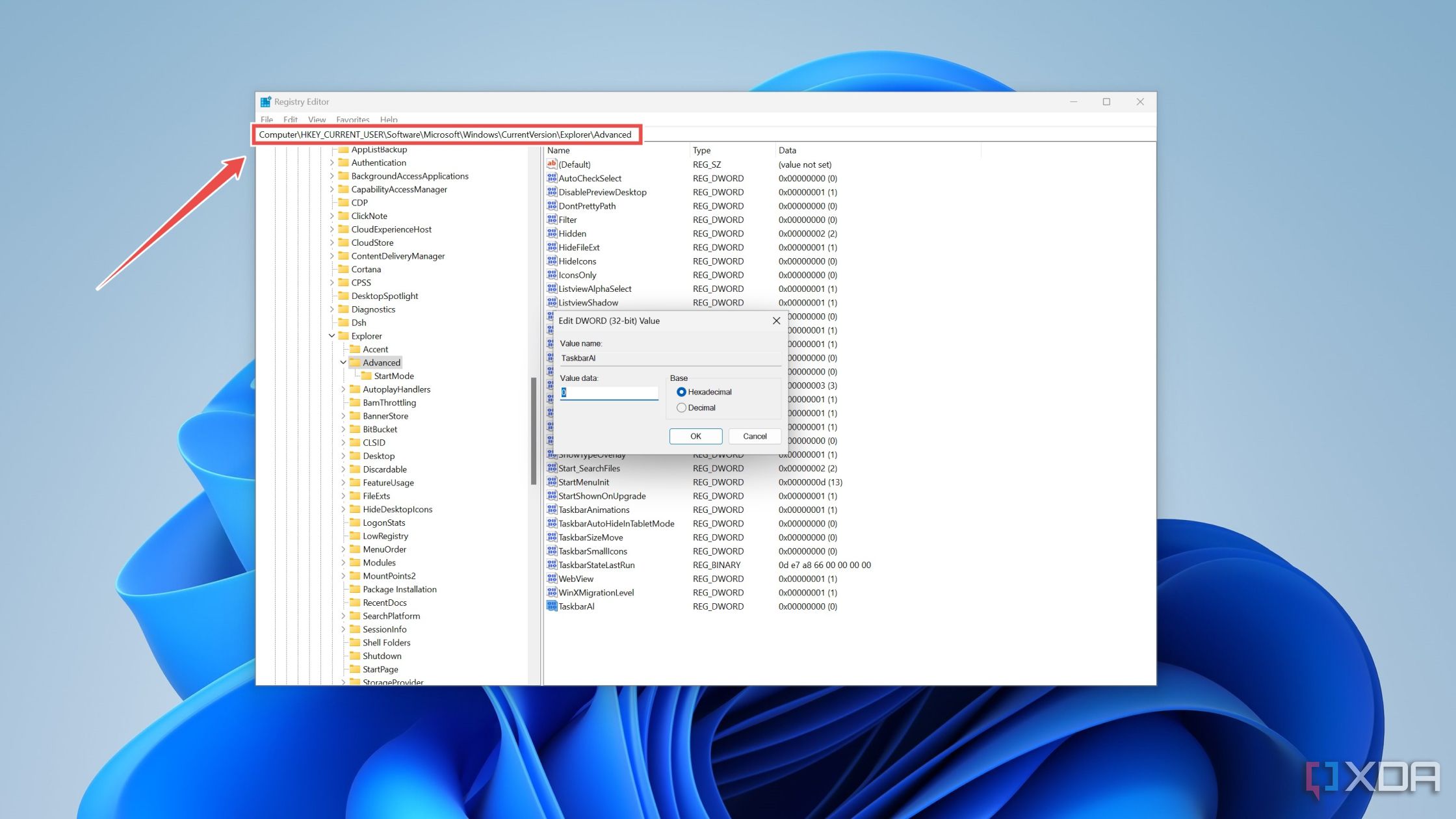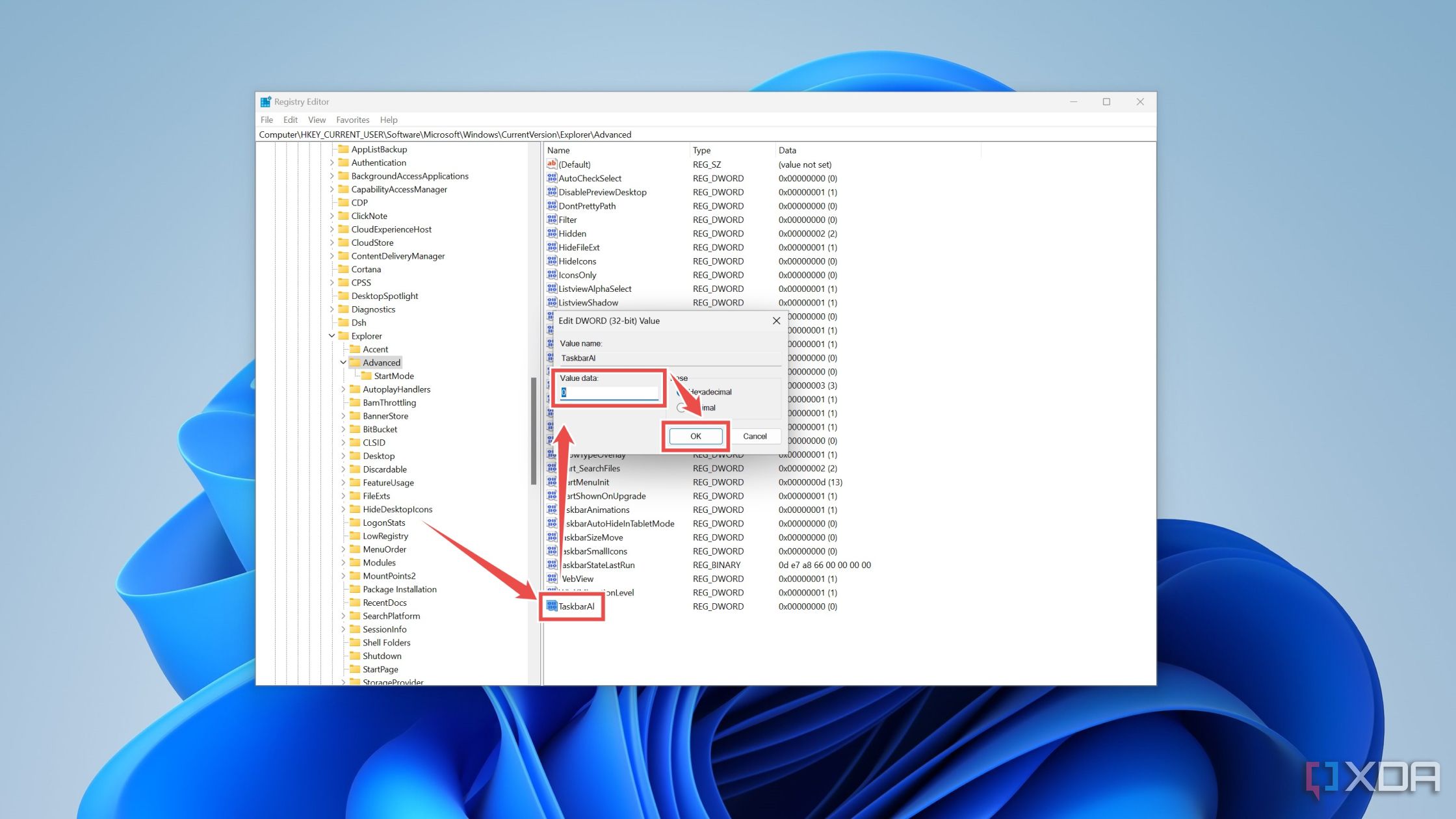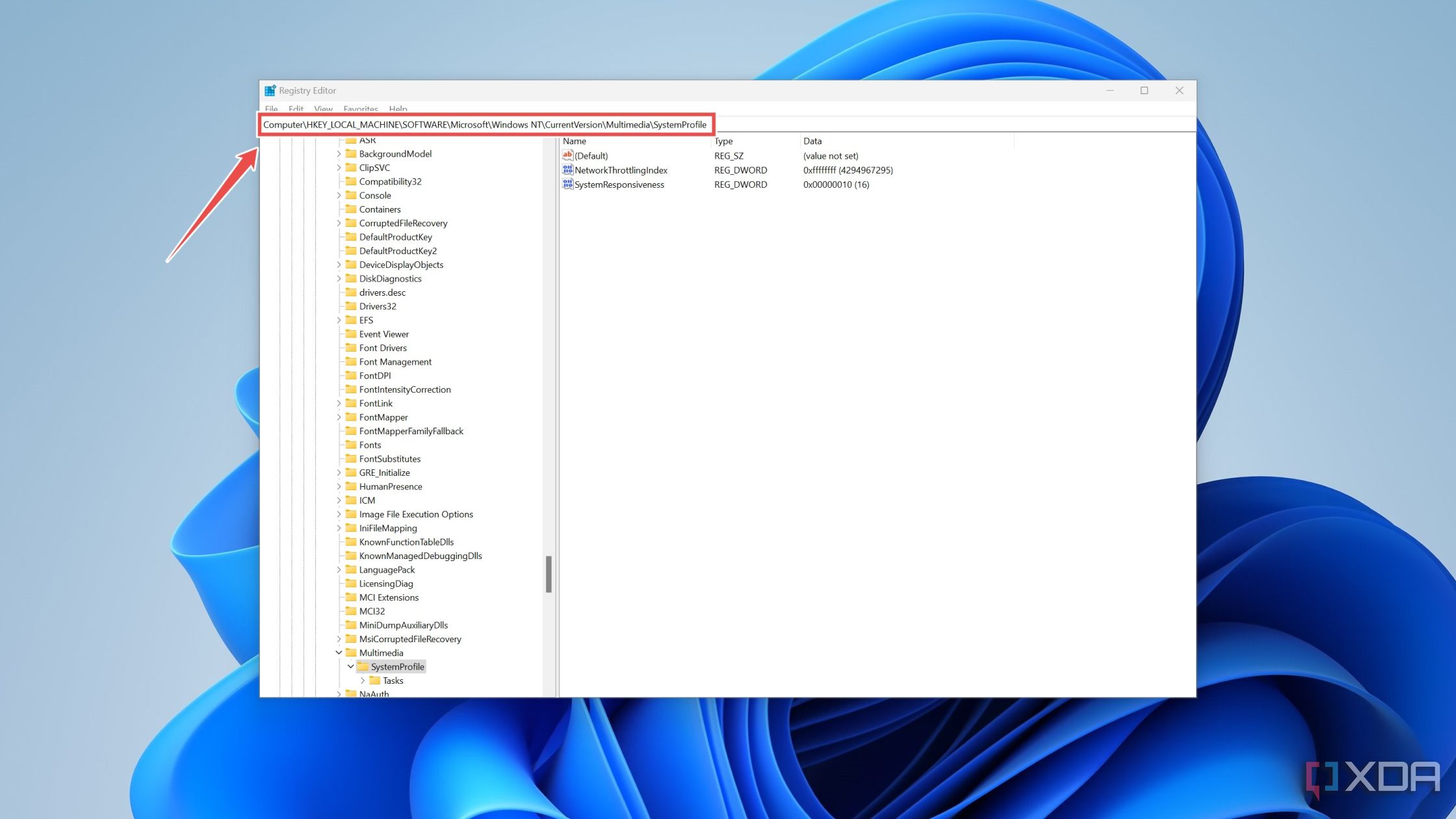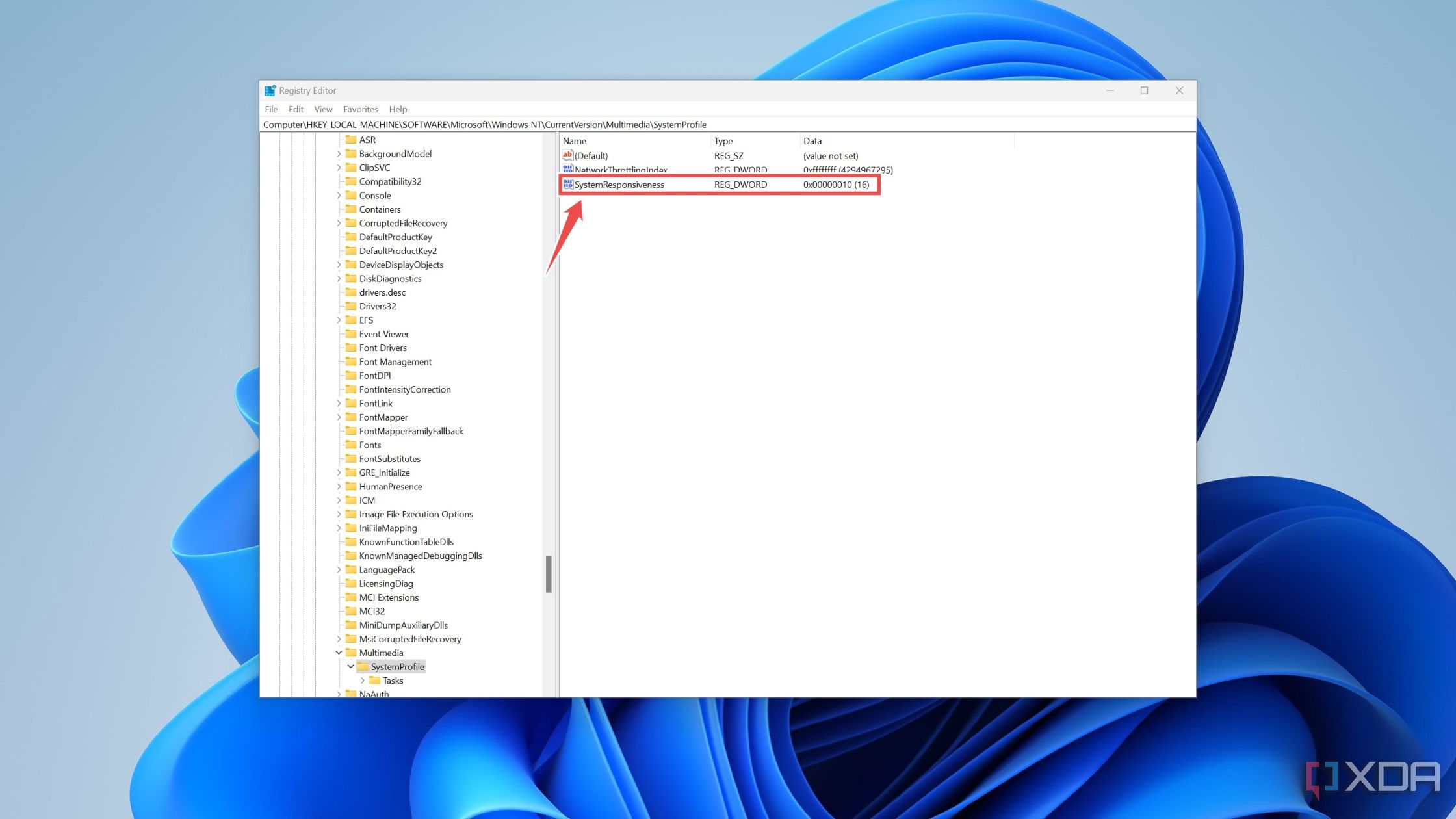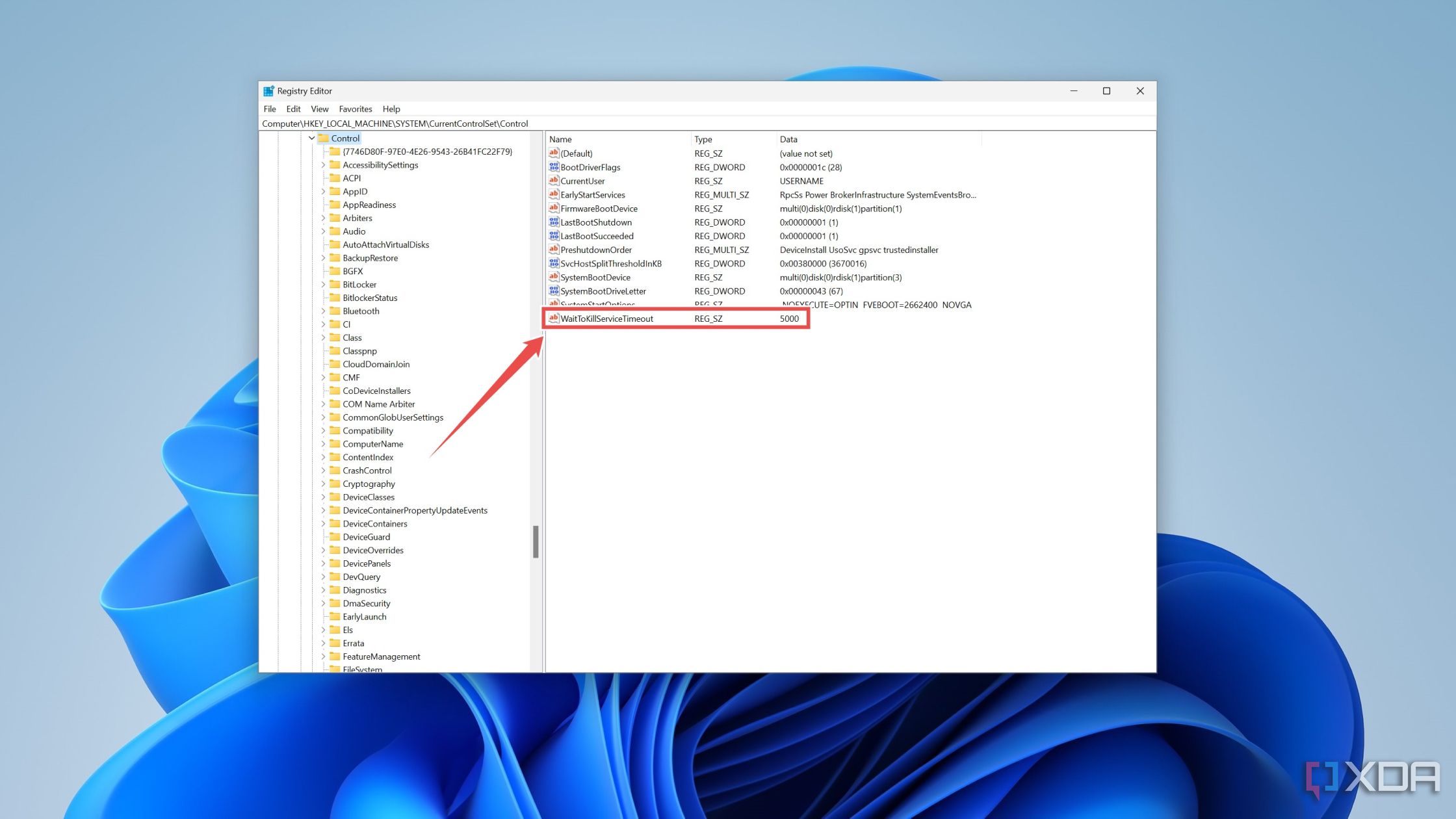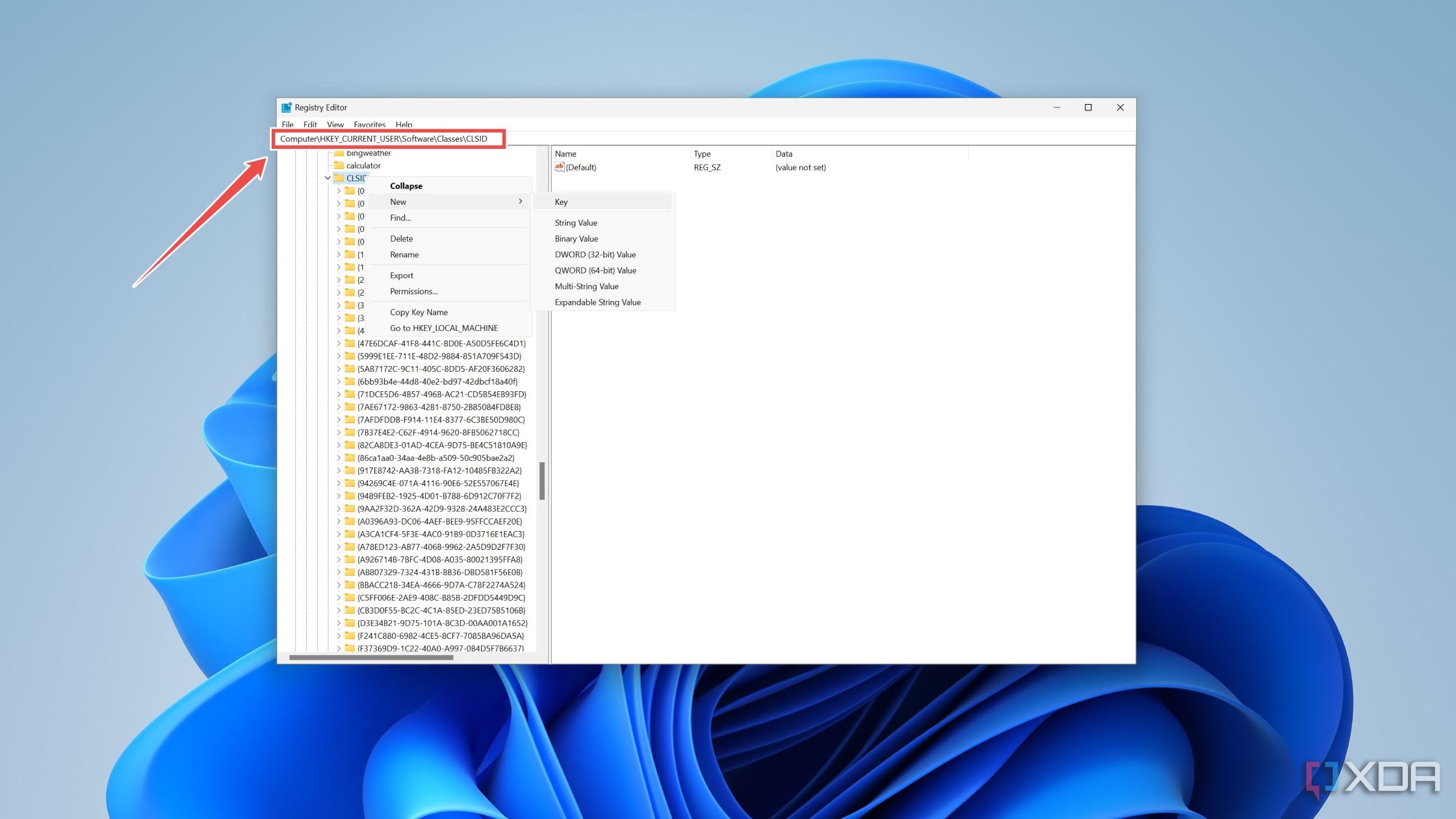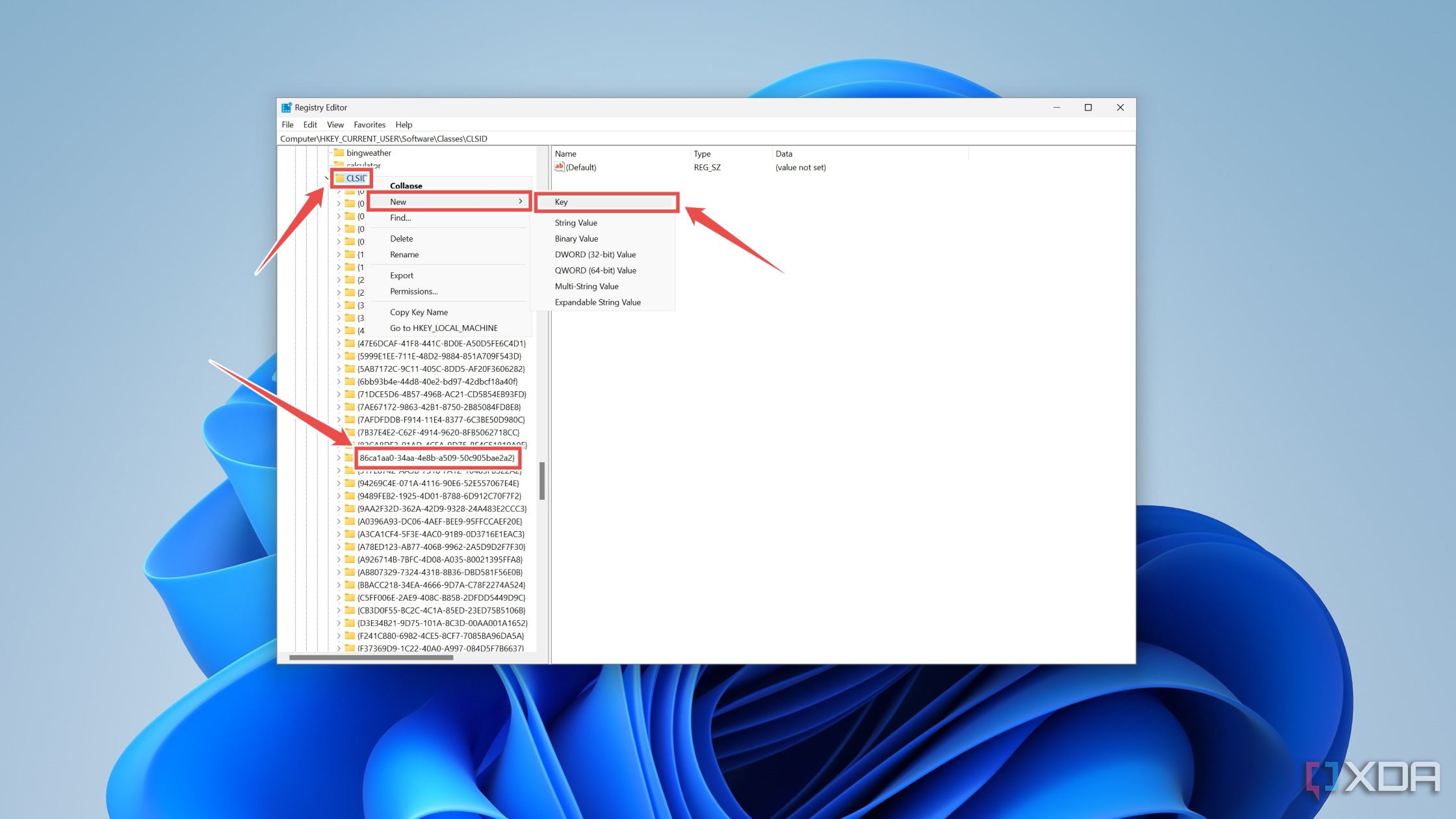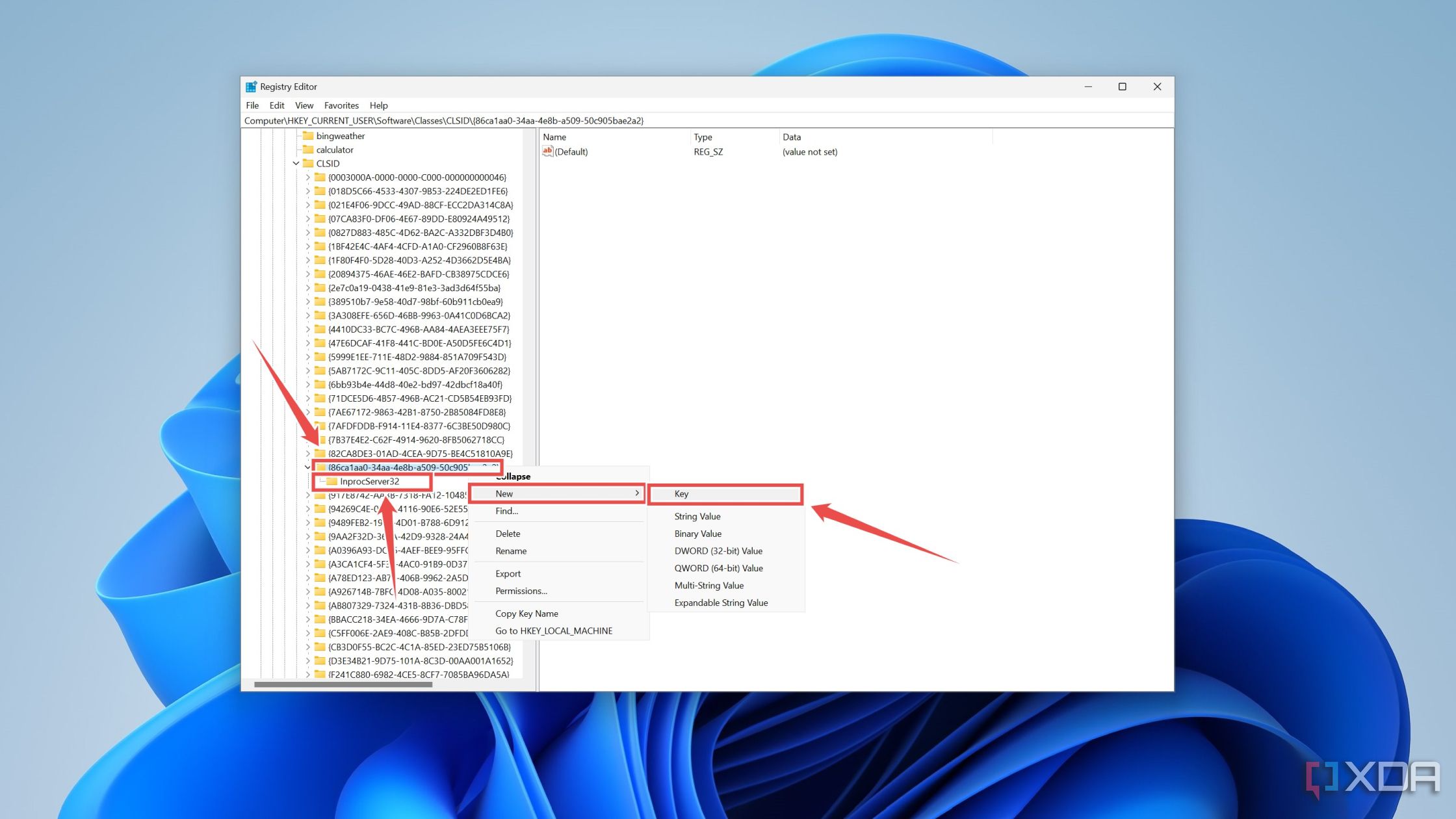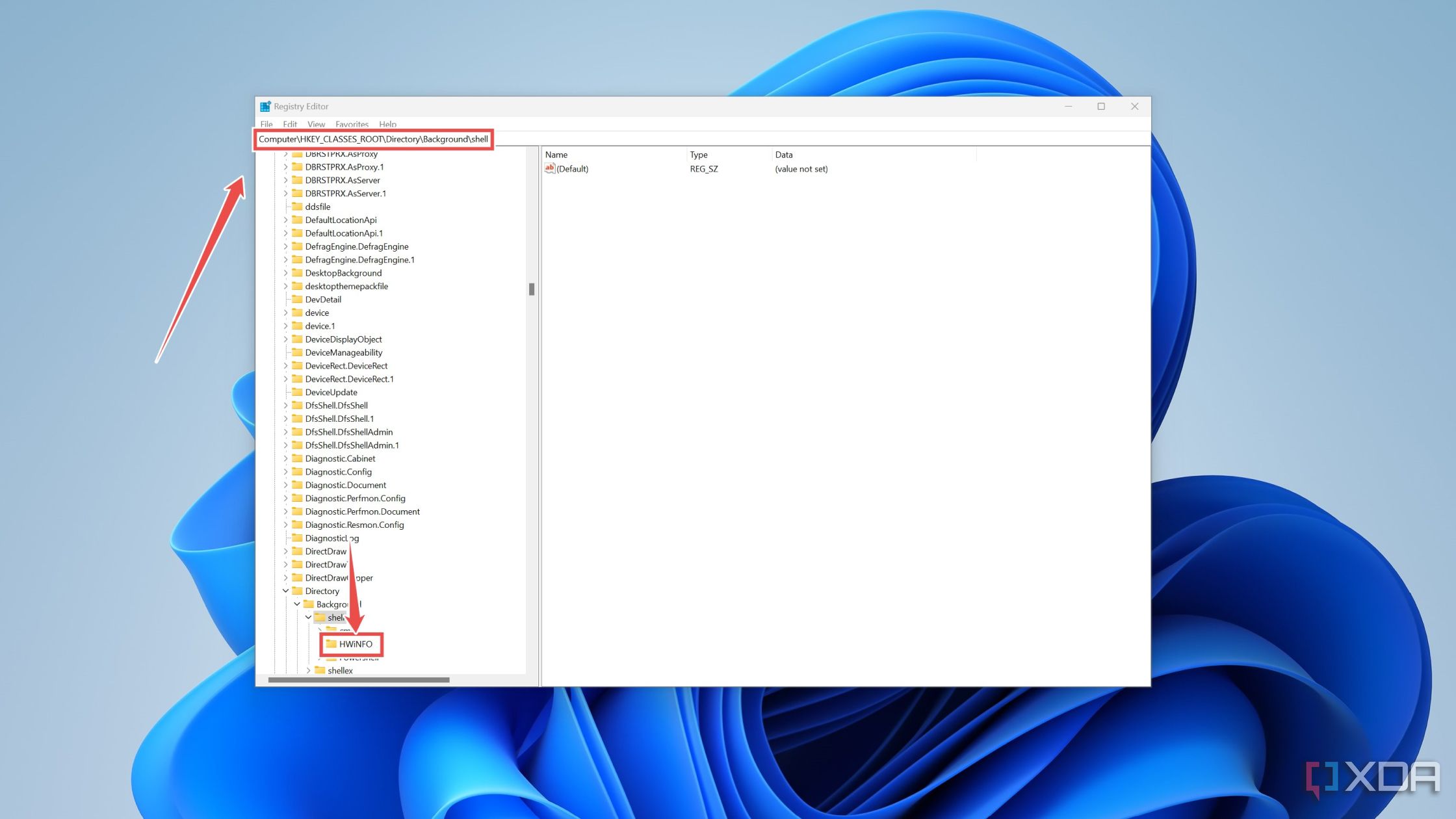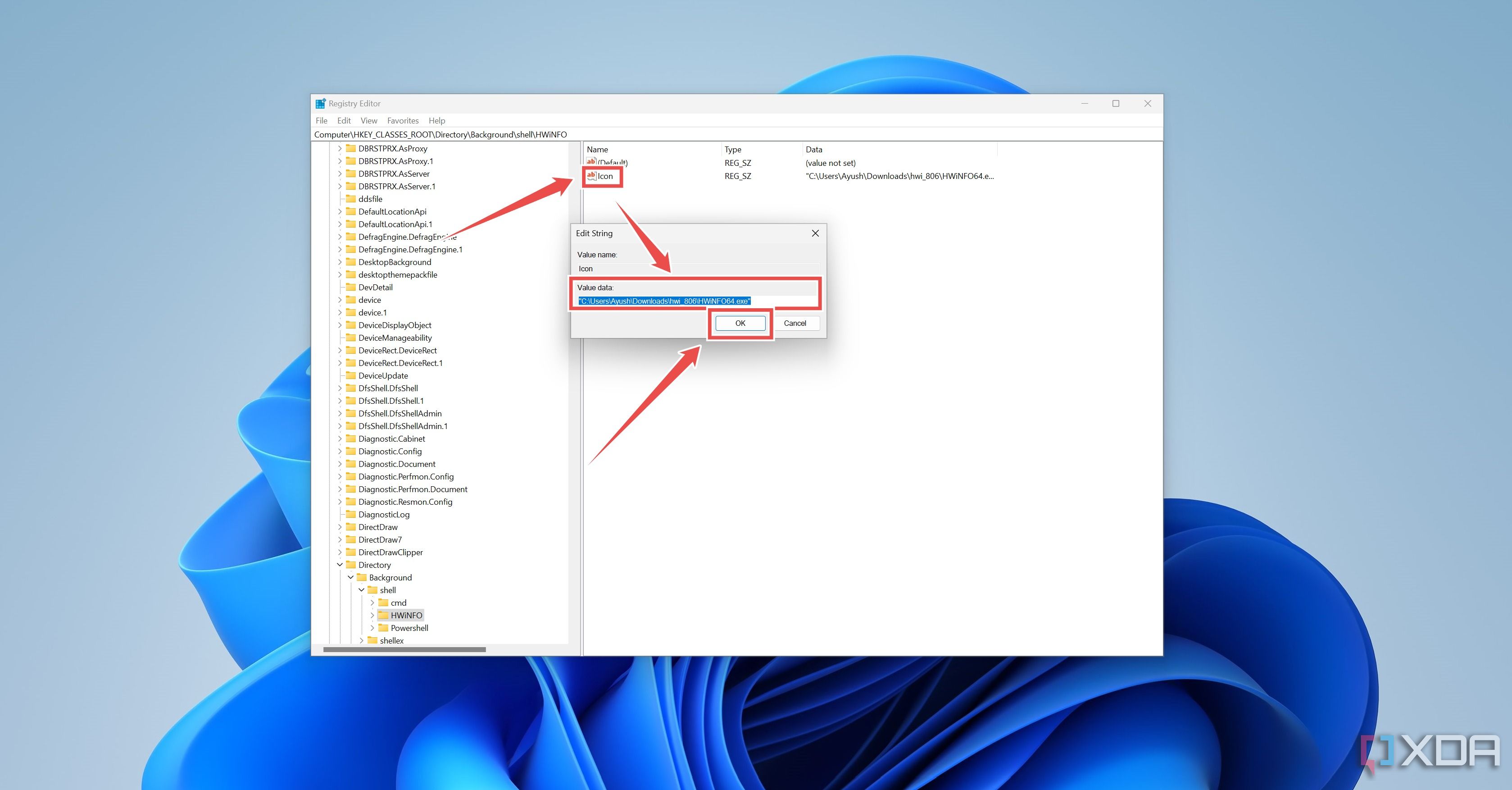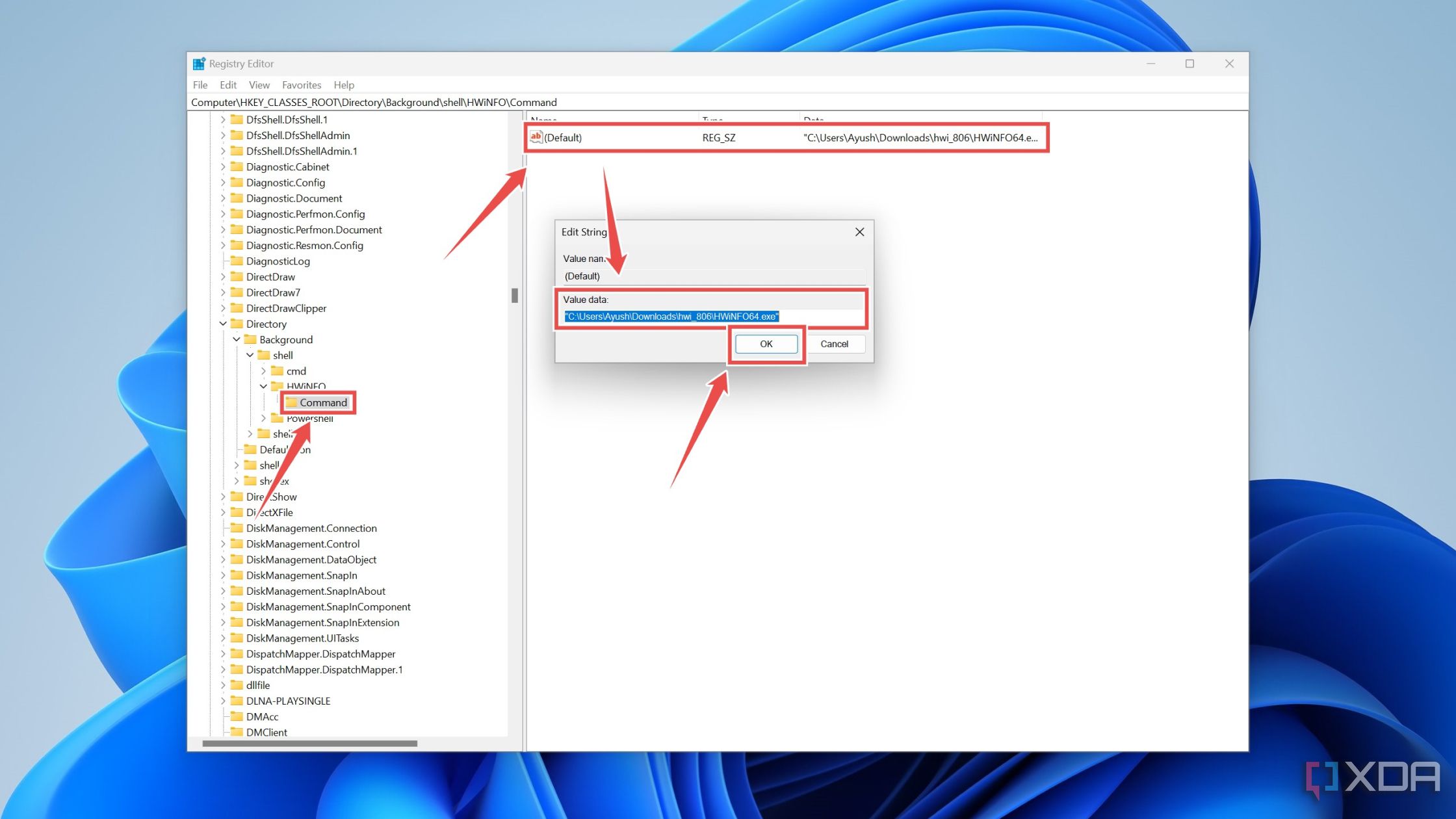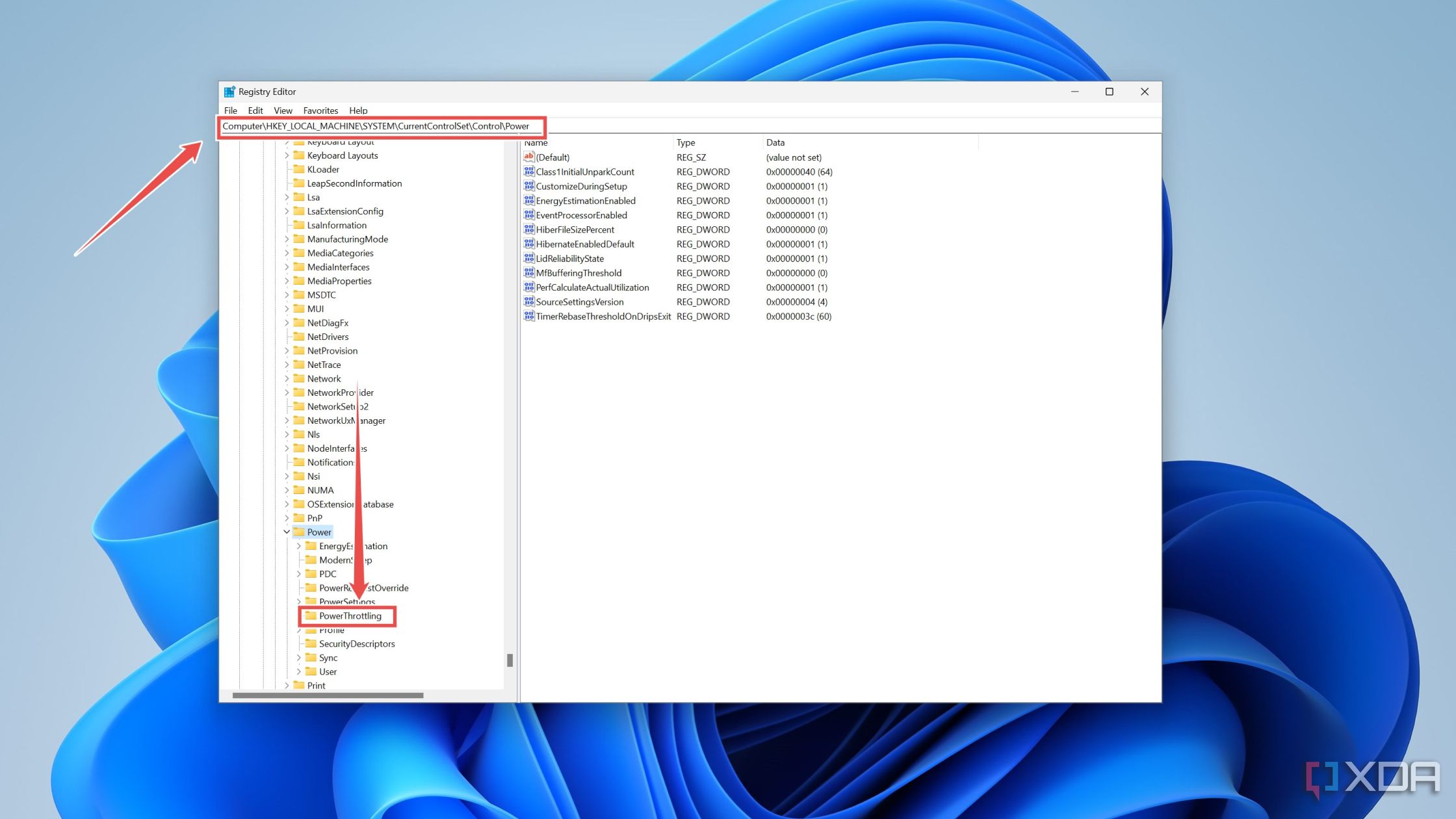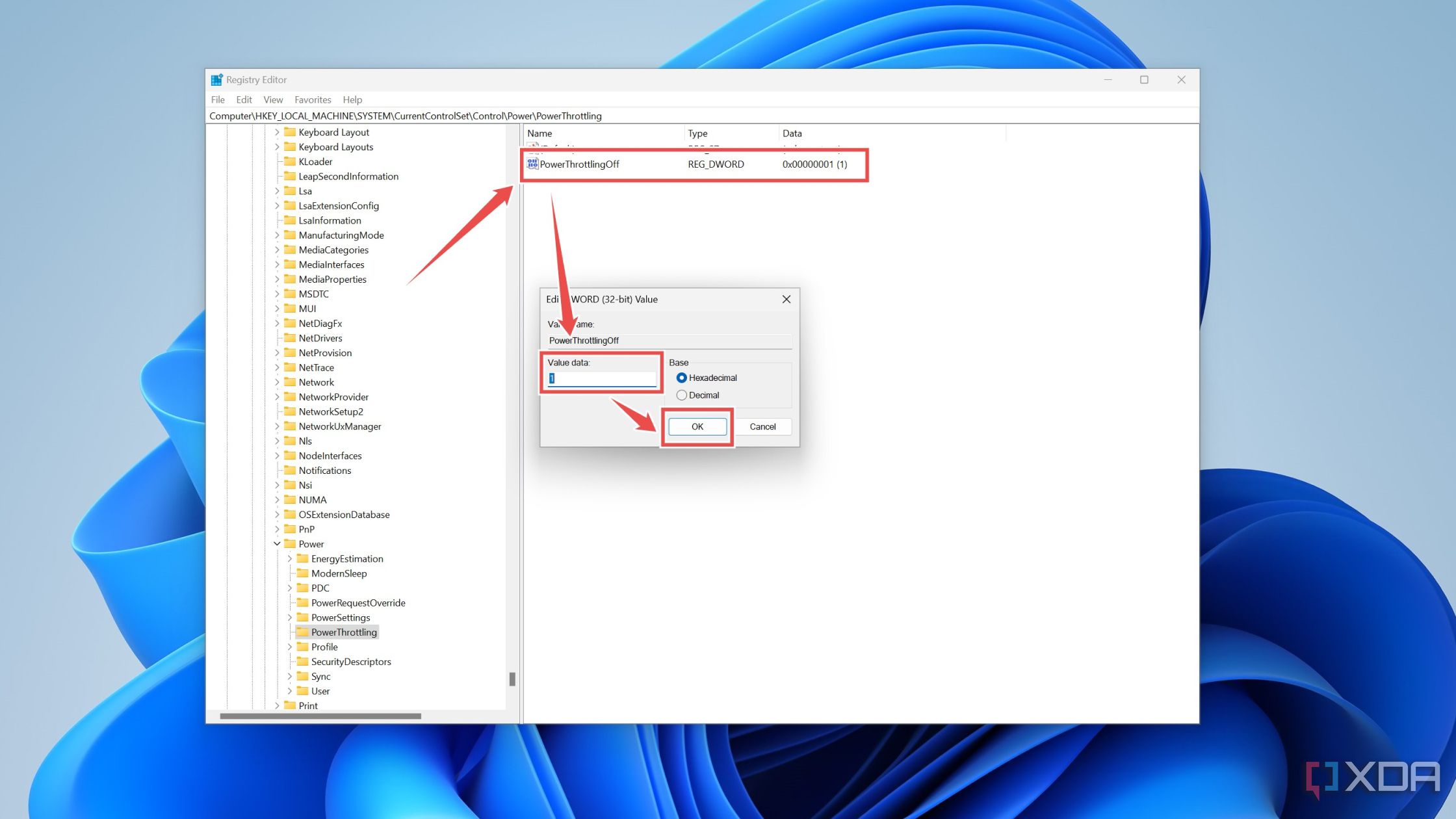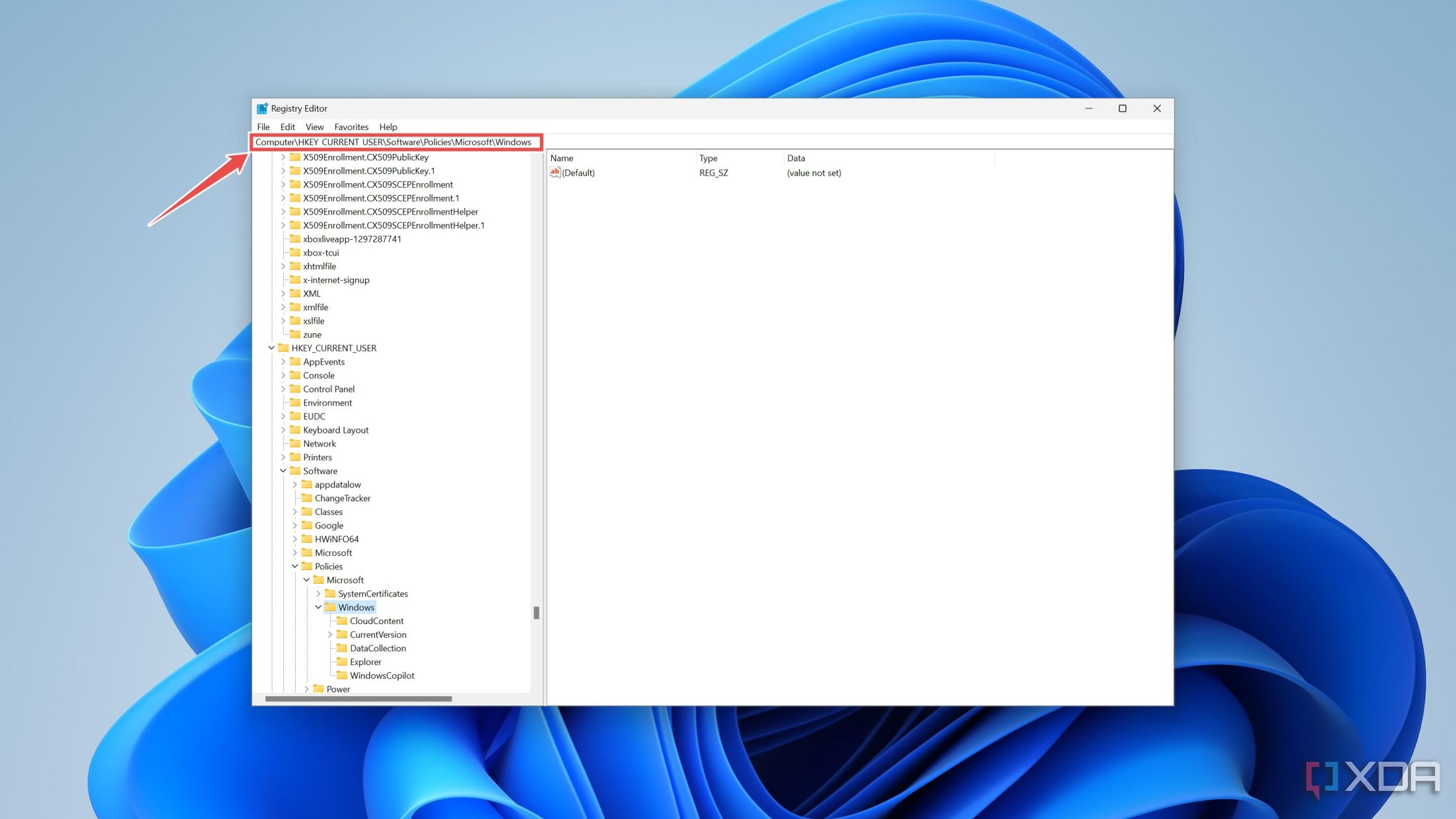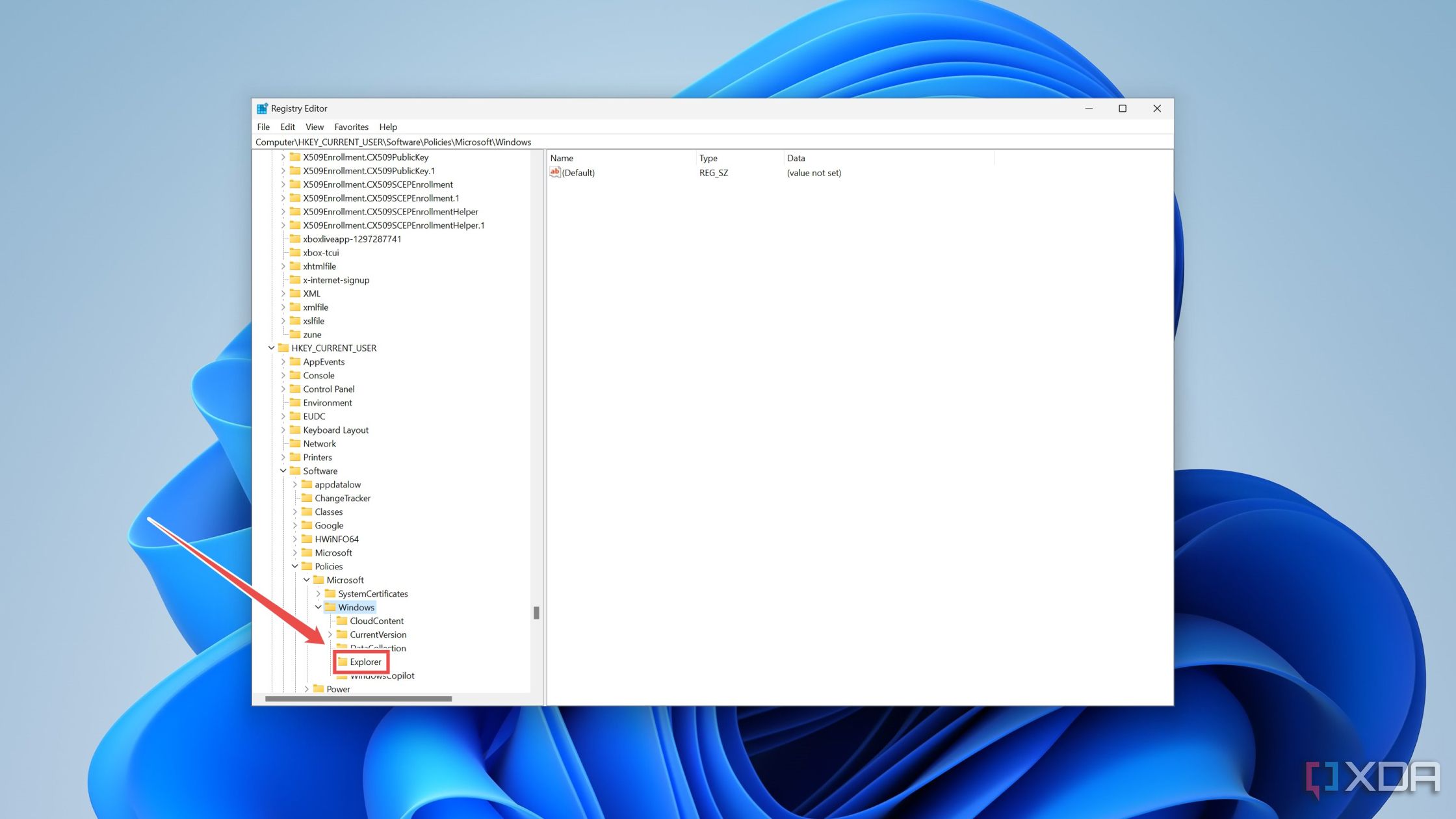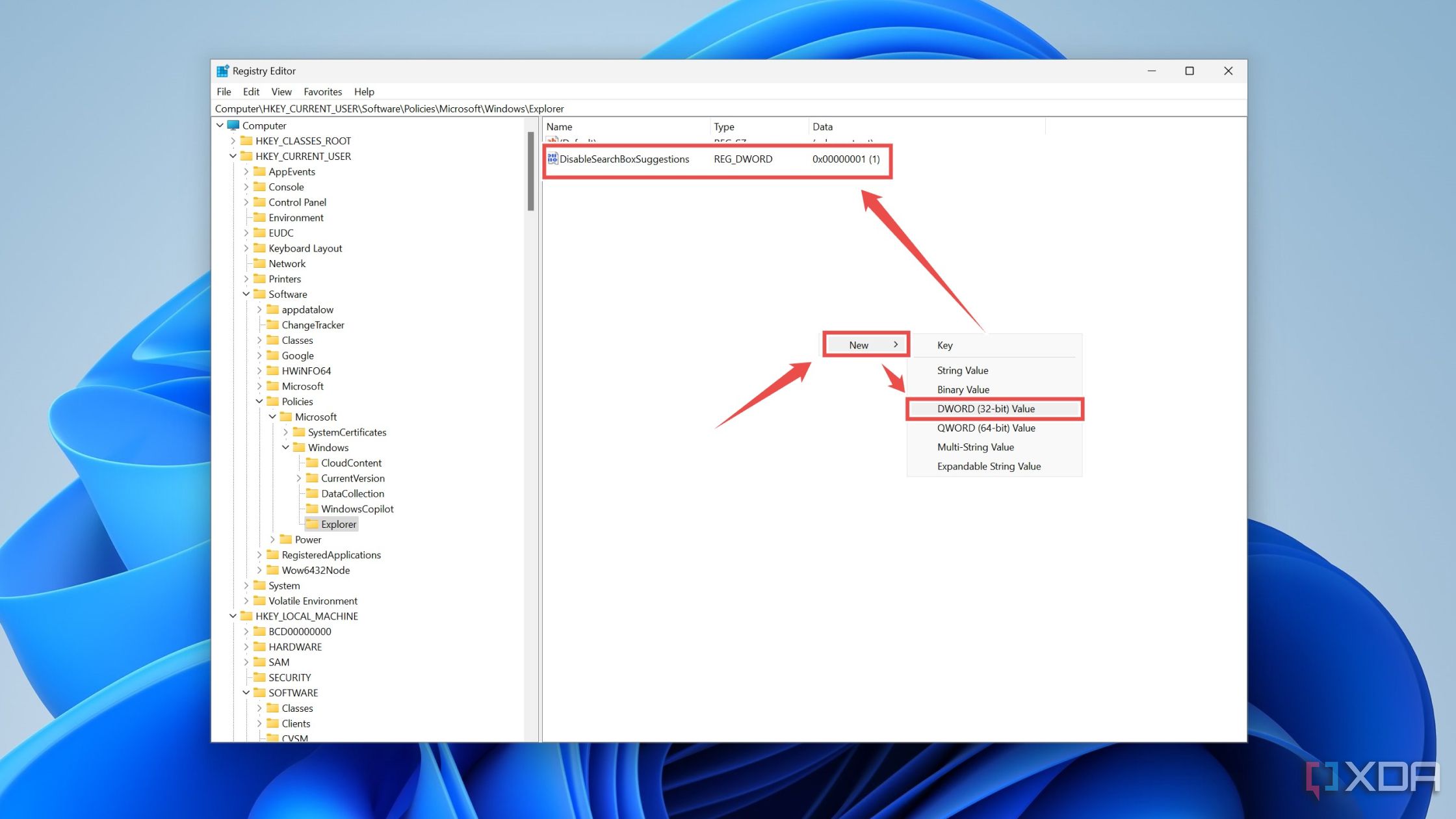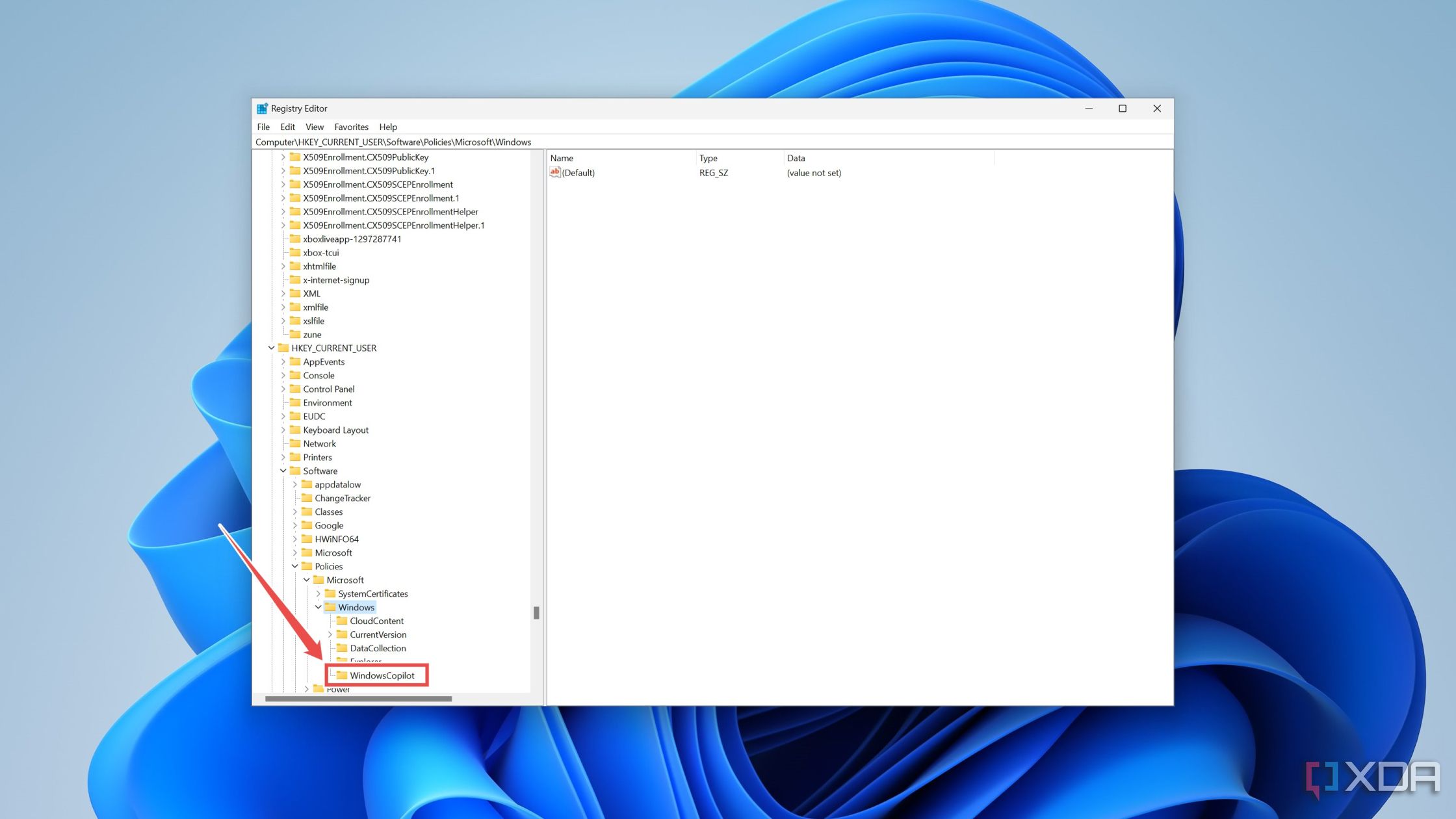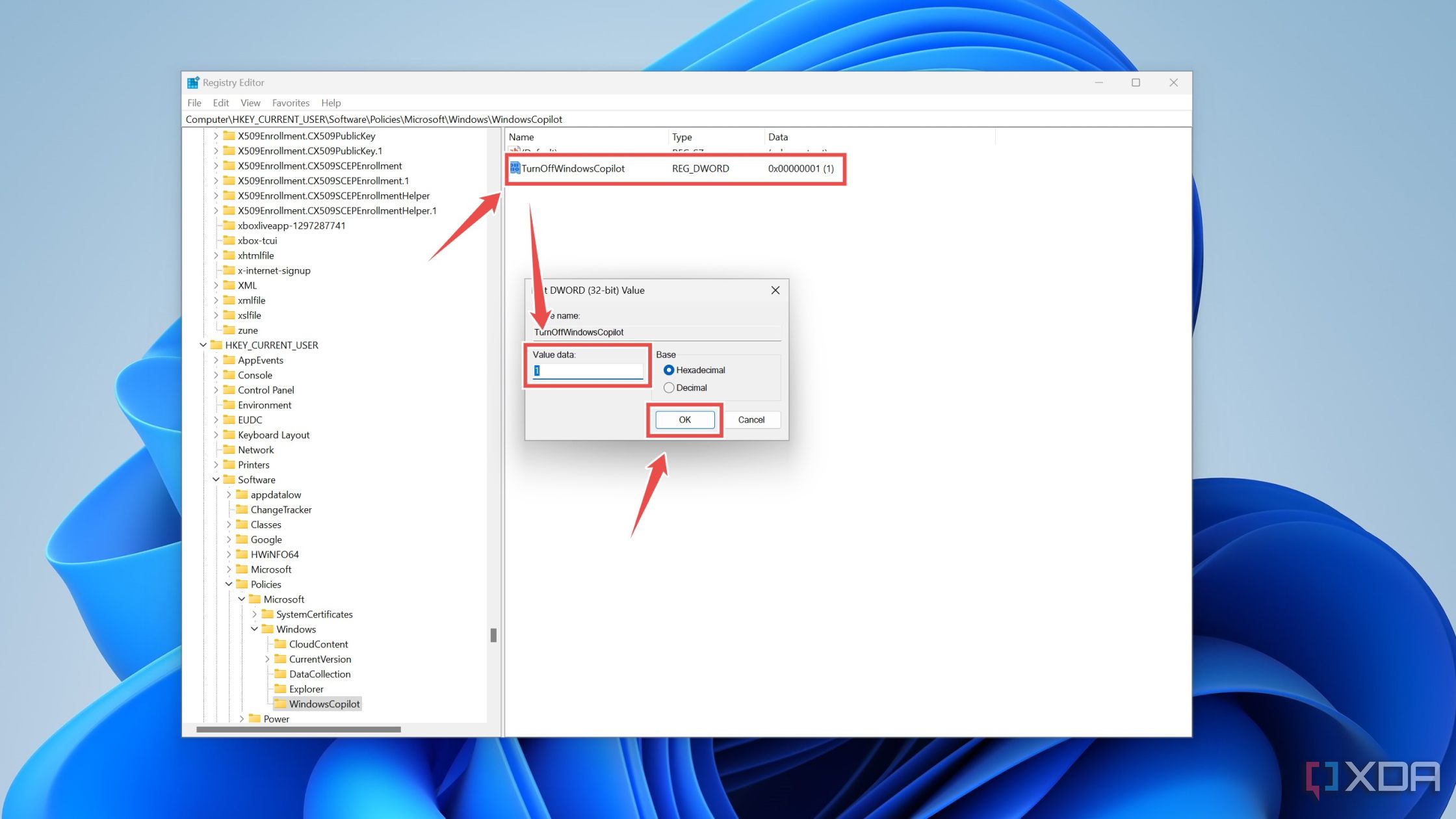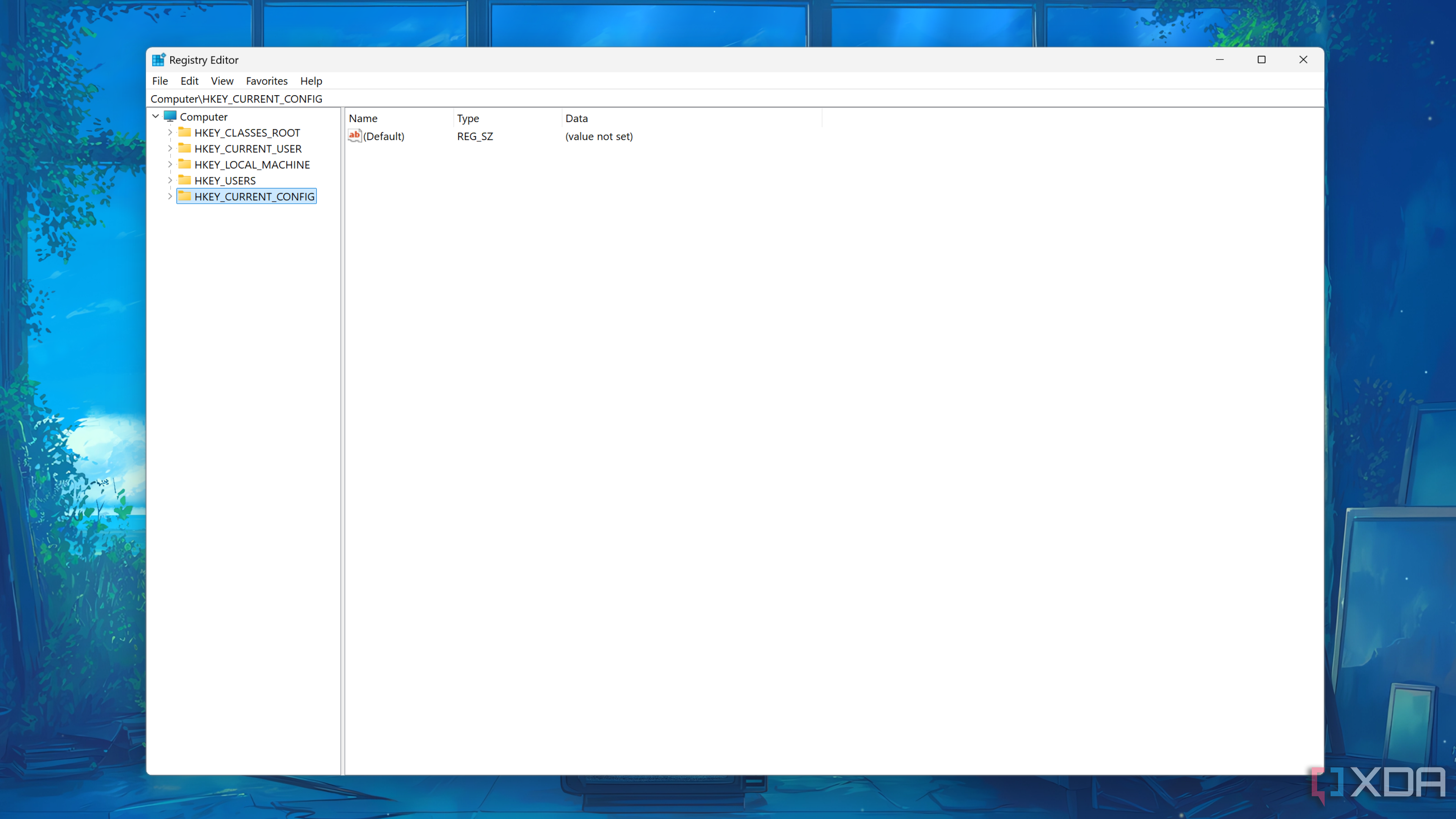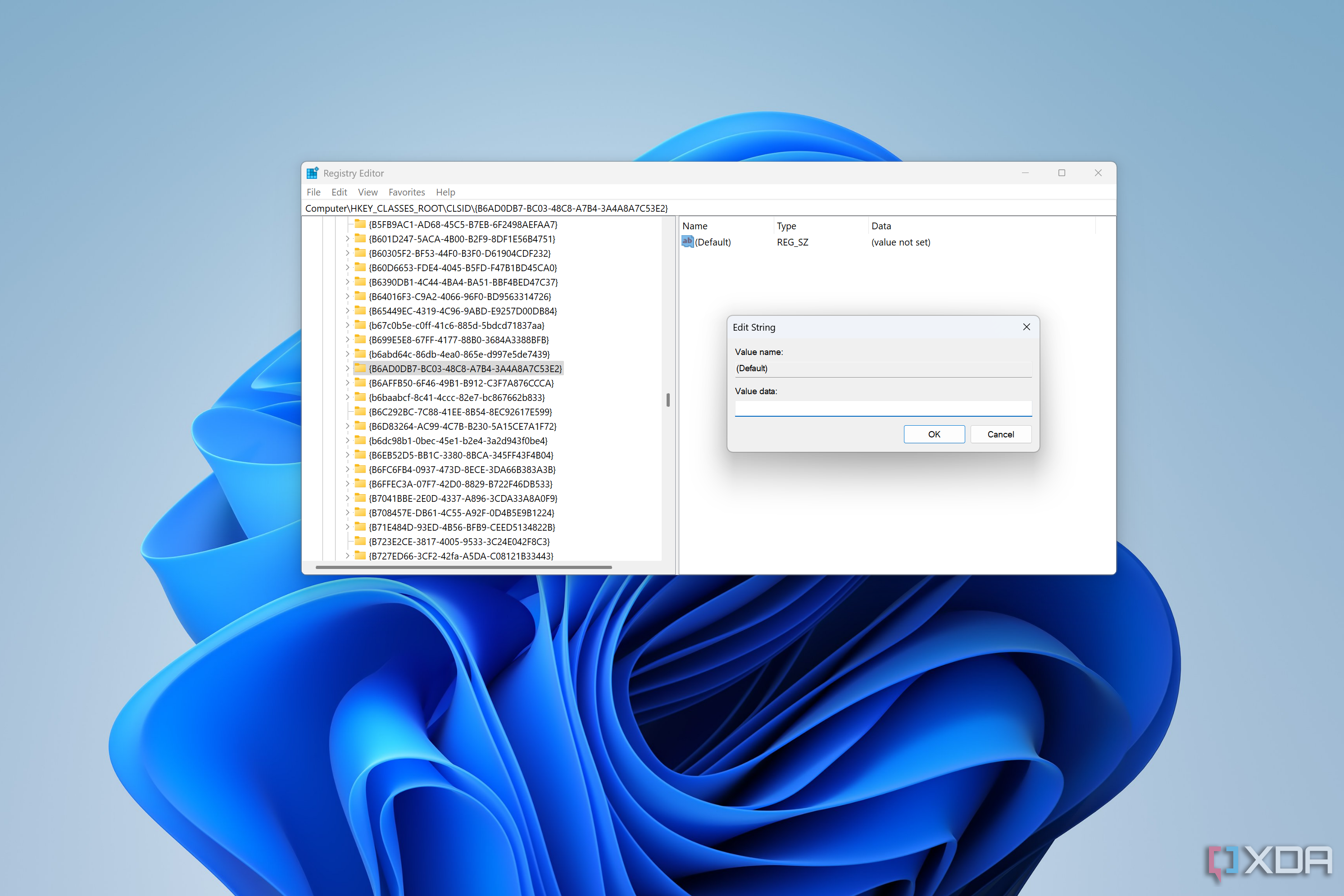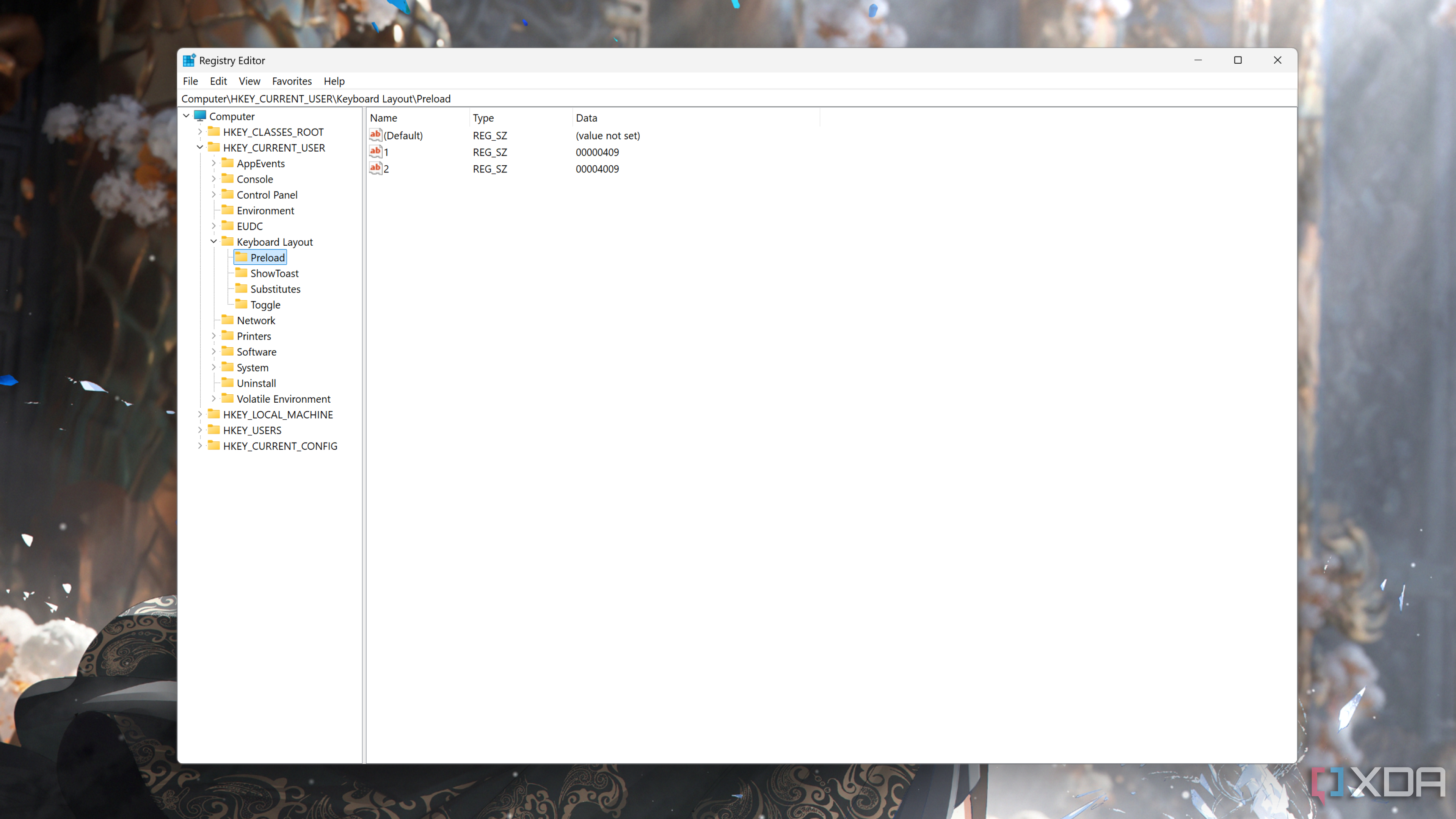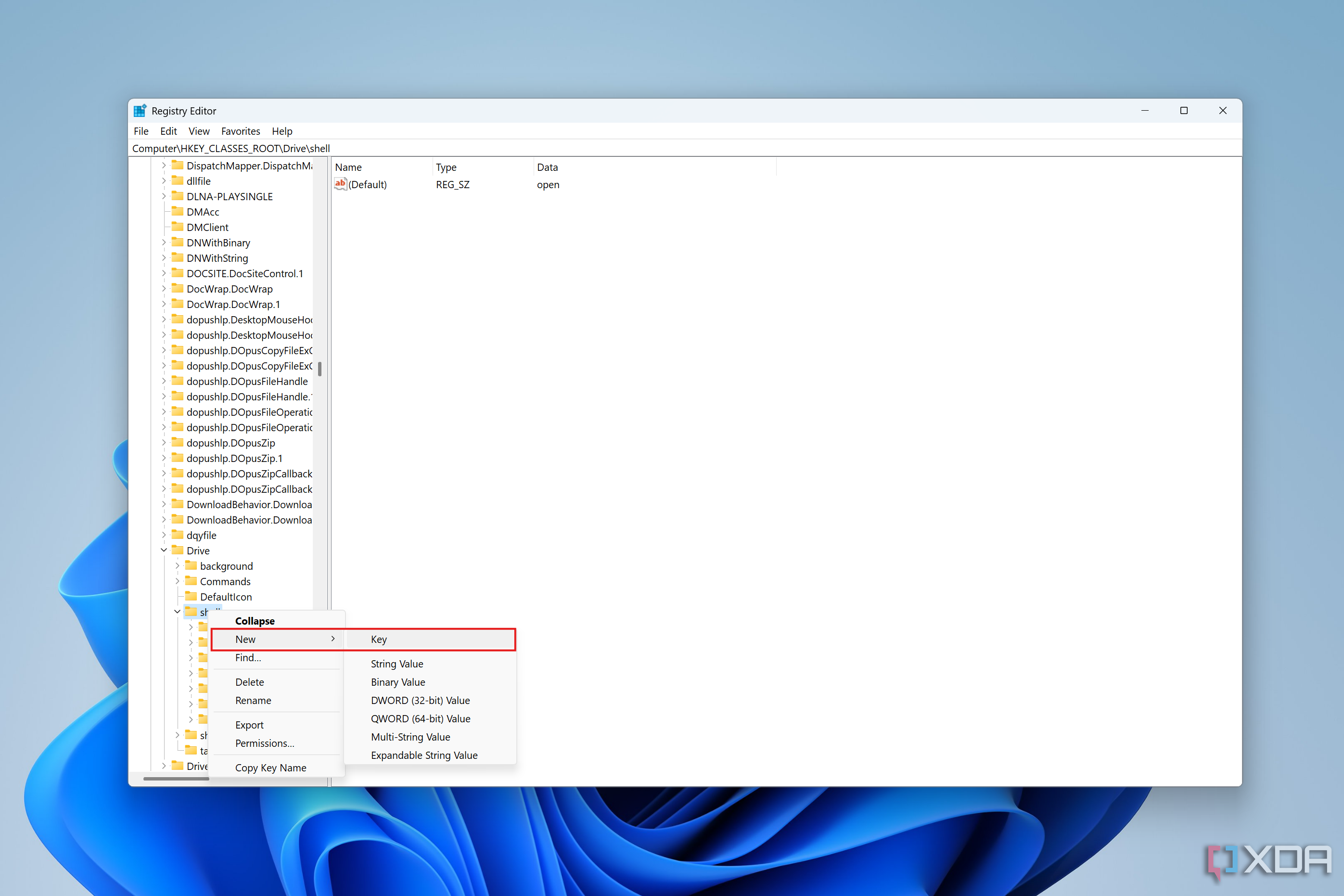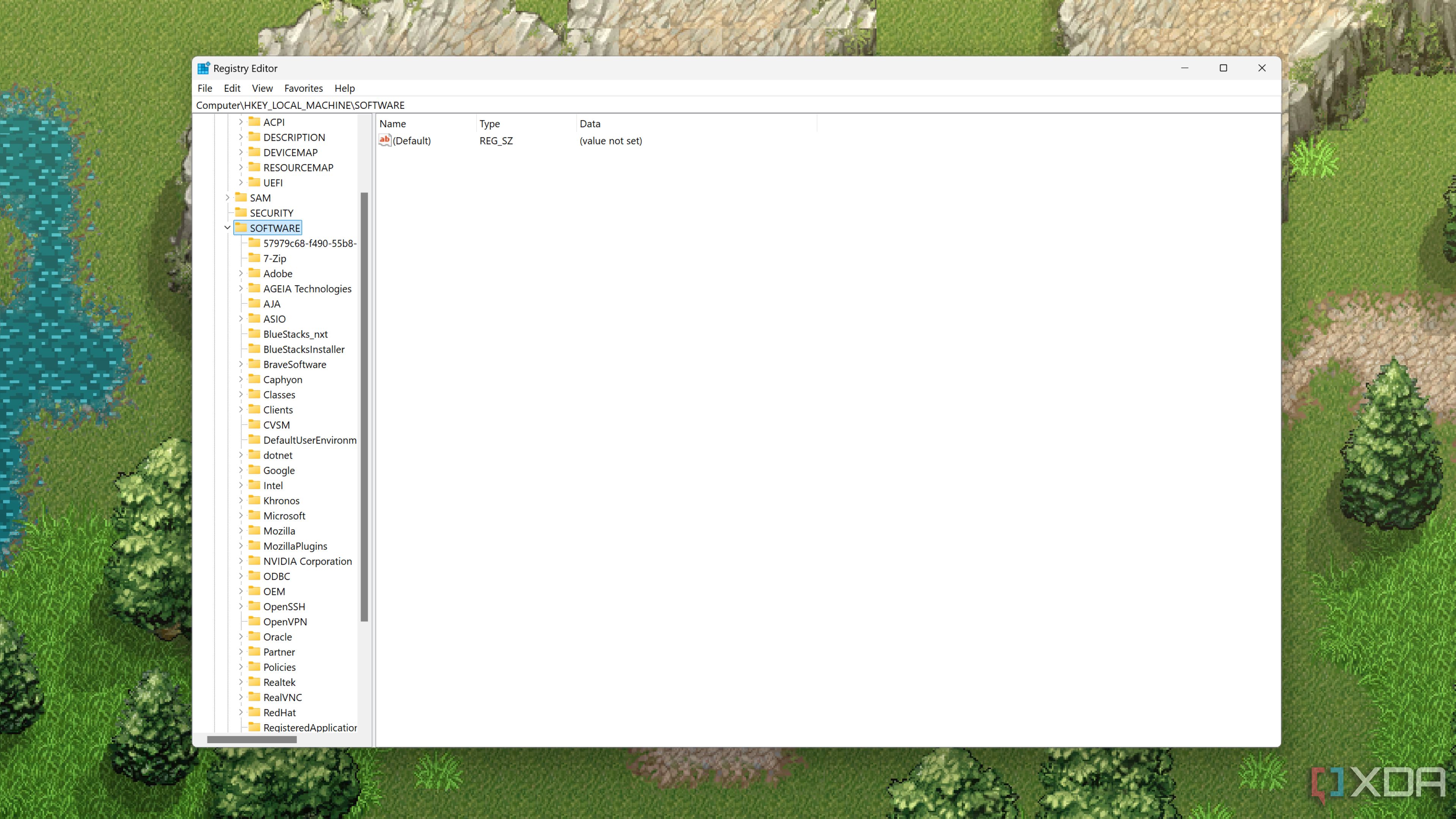Home → Microsoft → Windows → 11 Registry Editor tweaks every Windows 11 user needs to know
1.3. 11 Registry Editor tweaks every Windows 11 user needs to know
The Registry Editor is one of the most complex aspects of recent Windows operating systems. Even for computing maestros with years of experience with Windows, accessing it is akin to walking barefoot across a minefield, as one false step can easily break your OS. That said, it can help you out when you're troubleshooting weird issues on your Windows 11 machine.
Not only that, there are a bunch of modifications you can make inside the Registry Editor to enhance your computing experience. In this article, we’ve compiled a list of the eleven best tricks that you can pull off inside the Registry Editor for a better Windows experience.
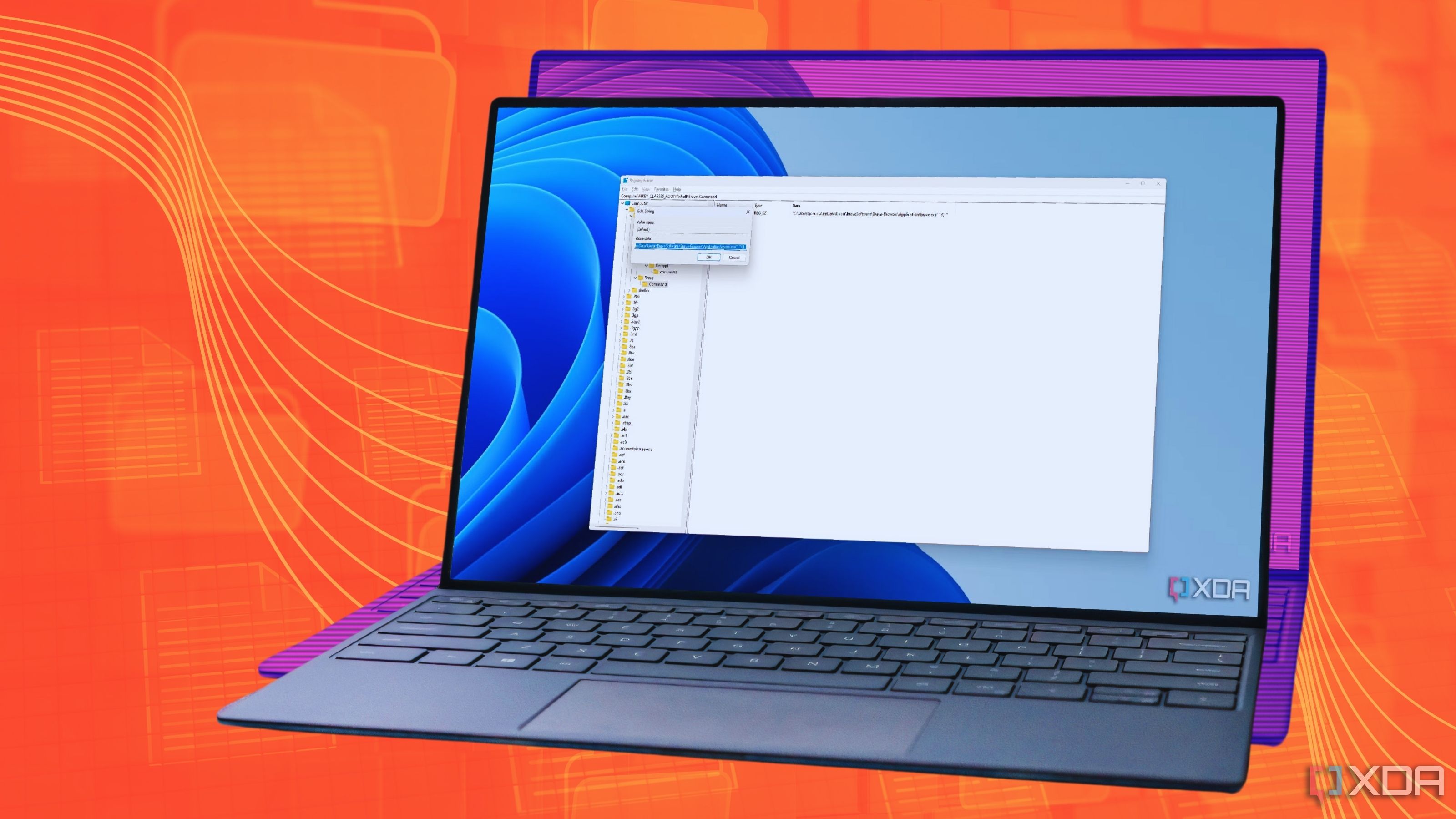
The fascinating story of the Windows Registry
Love it or hate it, the Registry is something special
Be sure to back up your important files and create a Restore Point before you attempt the suggestions mentioned in the article. Although we’ve verified all the methods on the latest version of Windows 11, it’s still possible to mess things up if you’re not careful. We also recommend exercising extreme caution when you navigate the Registry Editor because even a single mistake can brick your OS.
11Enable Verbose mode
You might not be able to read all the outputs on a fast SSD
Designed for those who love tinkering and troubleshooting, the Verbose mode on Windows 11 displays dynamic information on the PC’s status during startup and shutdown. By default, it’s disabled on the OS, though you can enable it via the Registry Editor.
To do so,
- Right-click on the Start button and choose Run.
- Type regedit into the Run bar and hit OK.
- Head to the Computer\HKEY_LOCAL_MACHINE\SOFTWARE\Microsoft\Windows\CurrentVersion\Policies\System location inside the Registry Editor.
- Right-click on the blank area and create a new DWORD (32-bit) Value called verbosestatus.
- Open this integer and change its Value data to 1.
10Disable the Weather/News icon in the Taskbar
It can get rather distracting at times
Among other utilities, Windows 11 includes the option to check the weather and the news widgets from the taskbar. But if you find it annoying, then it’s possible to disable the icon and its pop-up screen using the Registry Editor.
- Head to Computer\HKEY_LOCAL_MACHINE\SOFTWARE\Policies\Microsoft.
- Just like the previous section, create a new key (called Dsh) by right-clicking on the Microsoft variable and choosing Key.
- Inside Dsh, create a new DWORD integer called AllowNewsAndInterests.
- Assign a value of 0 to it before restarting your system.
9Modify the Taskbar alignment
For those who want the classic alignment
Besides changing the layout of the Start menu, Windows 11 brought noticeable changes to the Taskbar, many of which weren’t (and still aren’t) appreciated by the community. So, if you’re someone who dislikes the alignment of the new Taskbar, you can change a registry key in the Registry Editor to make it more bearable.
- Once you’ve opened the Registry Editor, navigate to the Computer\HKEY_CURRENT_USER\Software\Microsoft\Windows\CurrentVersion\Explorer\Advanced\ location.
- Create a new DWORD (32-bit) Value called TaskbarAl, which lets you change the alignment of the taskbar.
Set the value to 0 to bring the taskbar to the leftmost corner of the screen, similar to older Windows operating systems.
8Disable Network Throttling
To remove the shackles on your network speed
- Navigate to Computer\HKEY_LOCAL_MACHINE\SOFTWARE\Microsoft\Windows NT\CurrentVersion\Multimedia\SystemProfile inside the registry.
- Set ffffffff as the Value data for NetworkThrottlingIndex.
7Reduce resource allocation to background tasks
To prioritize your games and hardware-intensive apps
Although Windows 11 diverts most resources to resource-intensive tasks, it leaves a small percentage of CPU cores, memory, storage, and other specs available for background tasks. The default value assigned to it is 20%, which shouldn’t be an issue for most users. But if you’re on an exceptionally low-powered system, it might be a good idea to turn this value down a notch to get some extra frames while gaming.
- Just like the last time, enter the Computer\HKEY_LOCAL_MACHINE\SOFTWARE\Microsoft\Windows NT\CurrentVersion\Multimedia\SystemProfile directory.
- Double-click on the DWORD Value called SystemResponsiveness and reduce its value from 20 to 10.
6Hasten the shutdown process
'Cause nobody wants a PC that takes minutes to shut down
When you click on the shutdown option in Windows 11, the OS sends a request to the pending processes to wrap things up before it forcibly terminates them. This is usually defined by the WaitToKillServiceTimeout inside the Registry Editor. By default, it’s set to five seconds, though you can reduce it to two seconds to decrease the shutdown times.
- Once you're inside the Registry Editor, open the Computer\HKEY_LOCAL_MACHINE\SYSTEM\CurrentControlSet\Control location.
- Change the value of the WaitToKillServiceTimeout string to 2000 from 5000.
5Restore Windows 10 context menu
Resurrecting the best context menu in Windows 11
The reworded context menu in Windows 11 was a terrible addition to the OS, as it got rid of many useful options. Sure, the newer menu looks less cluttered, but it’s quite lacking in the functionality department. While Microsoft lets you access the good ol’ context menu from Windows 10, clicking the See more options button or holding Shift when opening the menu can get rather annoying.
Luckily, the Registry Editor can help you permanently replace the new context menu with the old one:
- Head to the Computer\HKEY_CURRENT_USER\Software\Classes\CLSID inside the Registry Editor.
- Right-click on the CLSID directory and create a new key named {86ca1aa0-34aa-4e8b-a509-50c905bae2a2}.
- Again, create another key called InprocServer32 inside the previous key.
- Open the (Default) variable and, without making any modification whatsoever, hit OK.
- The old right-click menu will be back when you restart the PC.
4Add custom apps to the context menu
I can't be the only person who has benchmarking tools pinned on the context menu, right?
While we’re on the subject of the context menu, you have noticed a couple of apps, including the Display Settings, Terminal, and Visual Studio, appear on the menu by default. Interestingly, you can even pin some of your favorite apps on the menu with the help of the Windows Registry tool.
Since the procedure is a bit complex, we have a dedicated guide on the subject. But here's the short version:
- Head to the Computer\HKEY_CLASSES_ROOT\Directory\Background\shell directory and create a new key with the same name as the app you wish to add.
- Make a new String inside the key and call it Icon before adding the path of the executable file of the app under the Value data field.
- Finally, create a new key called Command inside the original key and, once again, set the path of the application's .exe file as the Value data.
3Disable Power Throttling
Using every tweak possible to increase your FPS
Power throttling is a feature built into Windows that lowers CPU energy consumption. Besides increasing the battery life of your system, it can also lead to a reduction in the idle temps of the processor. Unfortunately, this setting can reduce the performance of your PC in certain scenarios. So, it’s a good idea to disable the feature via the Registry Editor if the performance isn’t to your liking. To do so,
- Go to the Computer\HKEY_LOCAL_MACHINE\SYSTEM\CurrentControlSet\Control\Power directory and create a new key called PowerThrottling.
- Make a new DWORD (32-bit) Value called PowerThrottlingOff inside the PowerThrottling key and assign it a value of 1.
2Get rid of Bing suggestions from the Start menu
For those who want an uncluttered Start menu
Despite packing a robust set of features, Bing is still not as popular as Google. Many moons ago, Microsoft integrated Bing into the Search bar of the Start menu to popularize the search engine. However, many users (including myself) aren’t fans of this functionality.
If you want to eradicate Bing from the Start menu,
- Open the Computer\HKEY_CURRENT_USER\Software\Policies\Microsoft\Windows\ location within the Registry Editor.
- Create a new key called Explorer within Windows.
- Inside Explorer, make a new DWORD (32-bit) Value element called DisableSearchBoxSuggestions and assign it a value of 1.
1Disable Windows Copilot
Copilot, going dark!
With Microsoft going all-out in the field of AI, it’s no surprise that the Redmond-based giant has Windows Copilot to Windows 11. Although Microsoft’s AI assistant has its fair share of advantages over competitors, not everyone wants a chatbot built into their operating systems.
So, you can disable this functionality in the Windows Registry by following these steps:
- Once again, enter the Computer\HKEY_CURRENT_USER\Software\Policies\Microsoft\Windows\ directory.
- Right-click on Windows and create a new key called WindowsCopilot.
- Inside WindowsCopilot, create a DWORD Value called TurnOffWindowsCopilot and set 1 as its Value data.
Registry Editor: Highly useful, but just as dangerous for newcomers
Besides these eleven tweaks, there are just as many customization options available in the Registry Editor. However, not all of them are helpful for the average user. For instance, you can disable the Windows Update functionality alongside the Windows Security app. Despite my disdain for Microsoft’s broken updates, I don’t recommend turning them off, as doing so can deprive you of the essential security patches. Likewise, unless you have an industry-grade antivirus that conflicts with Windows Security, it’s a good idea to leave the settings related to the app untouched.
If you’re looking for other modifications to fine-tune Windows 11 to your liking, the OS has a plethora of other utilities. From productivity tweaks to settings that can improve your FPS, you’d be surprised at how much you can customize Microsoft’s flagship OS.
